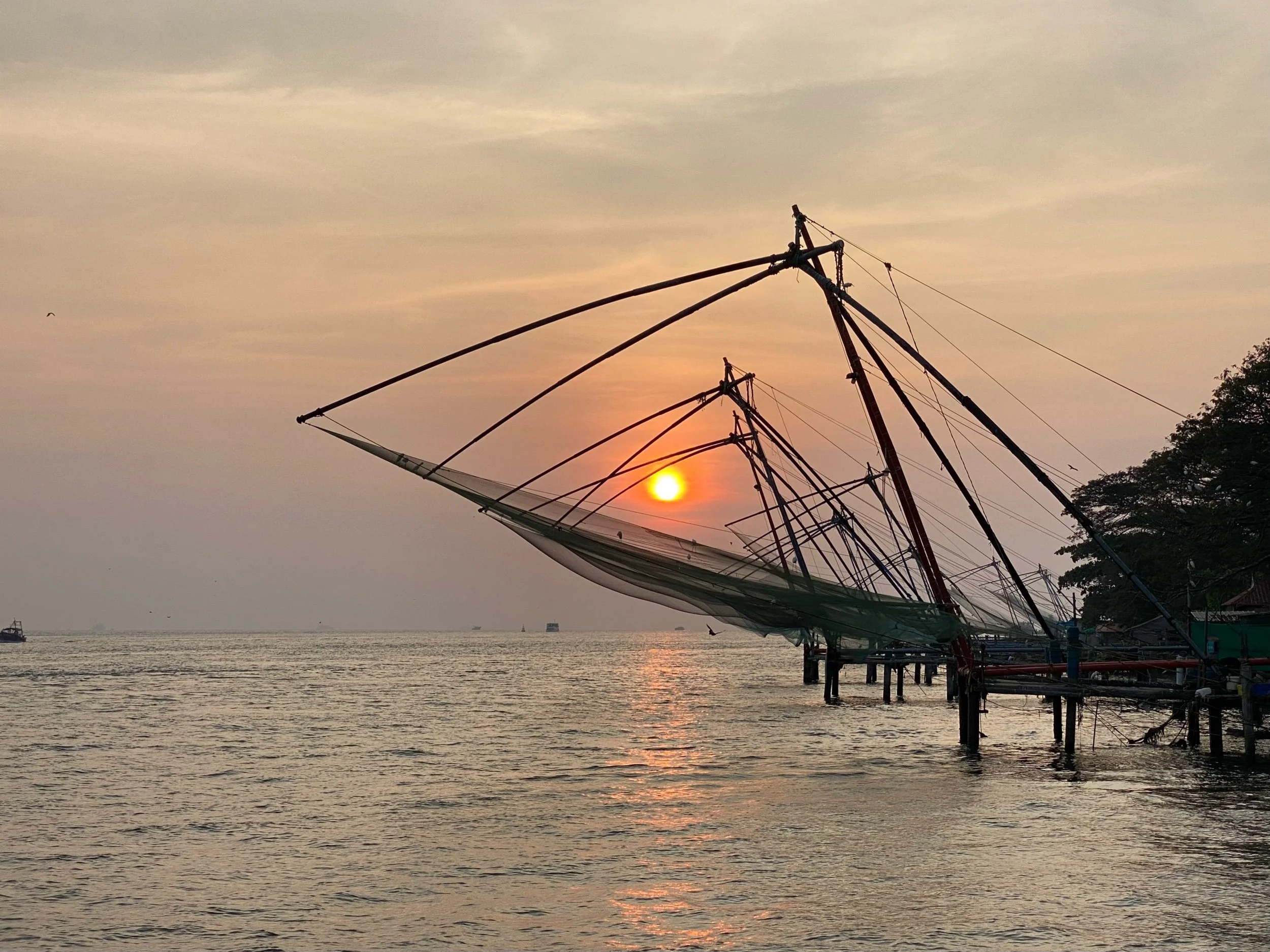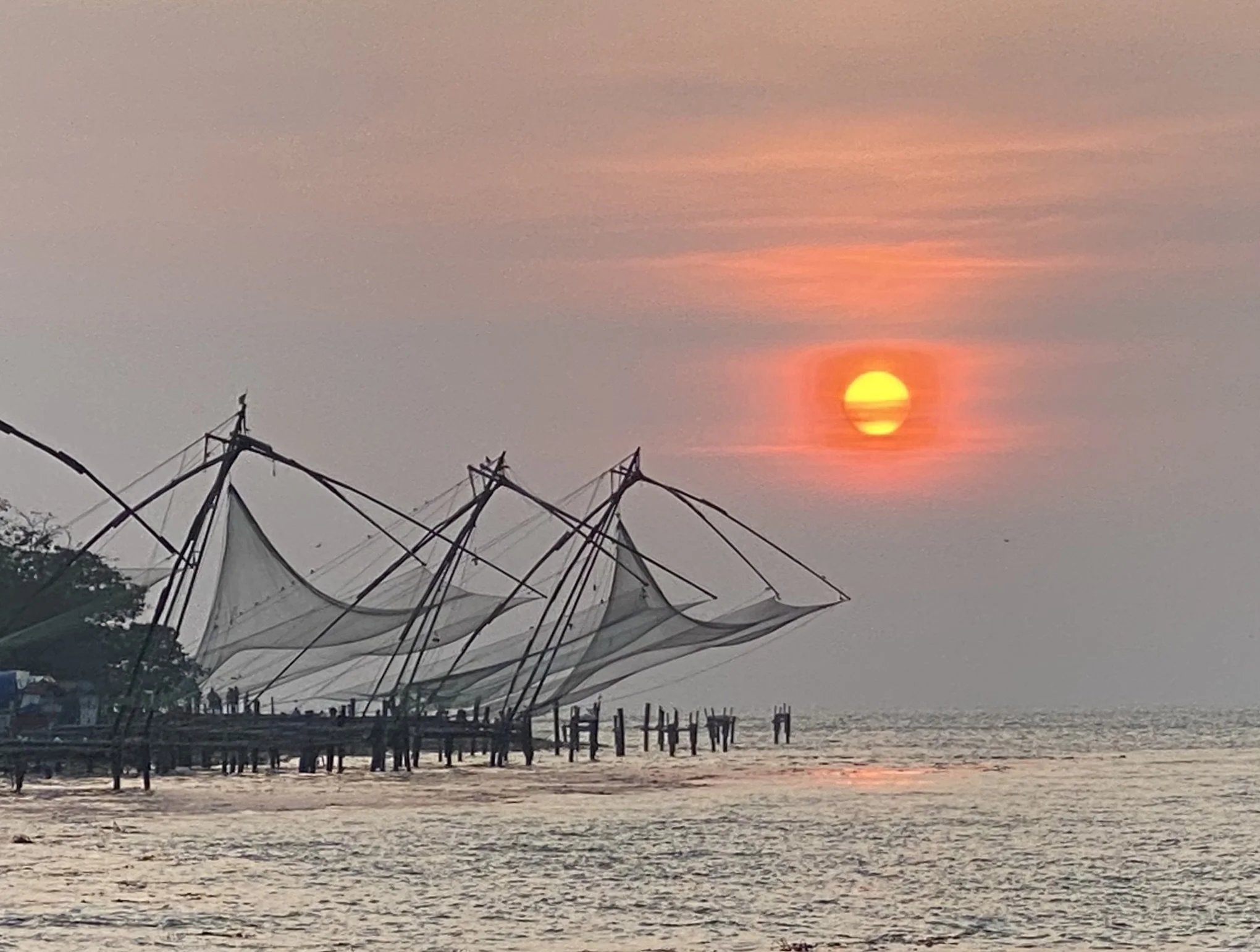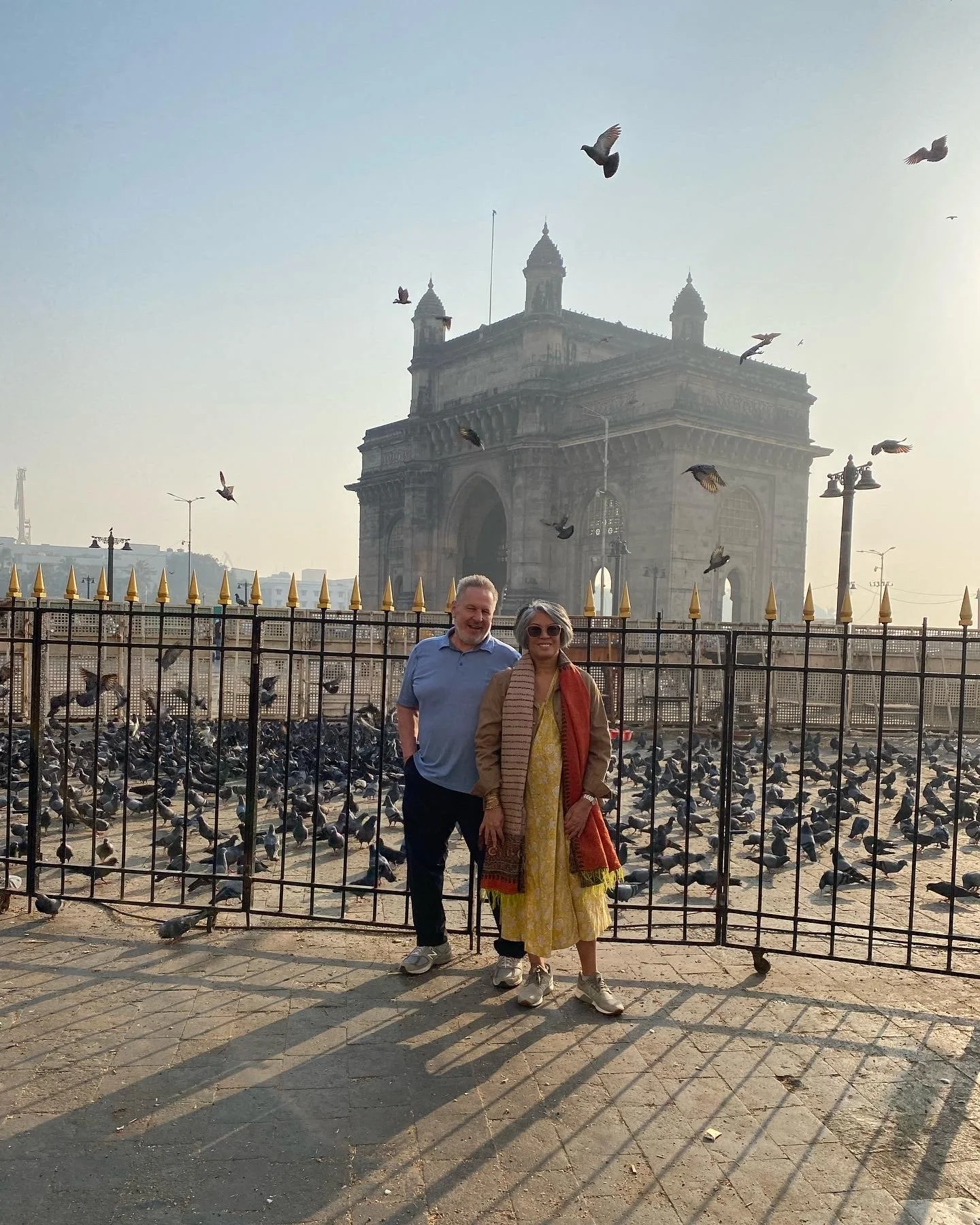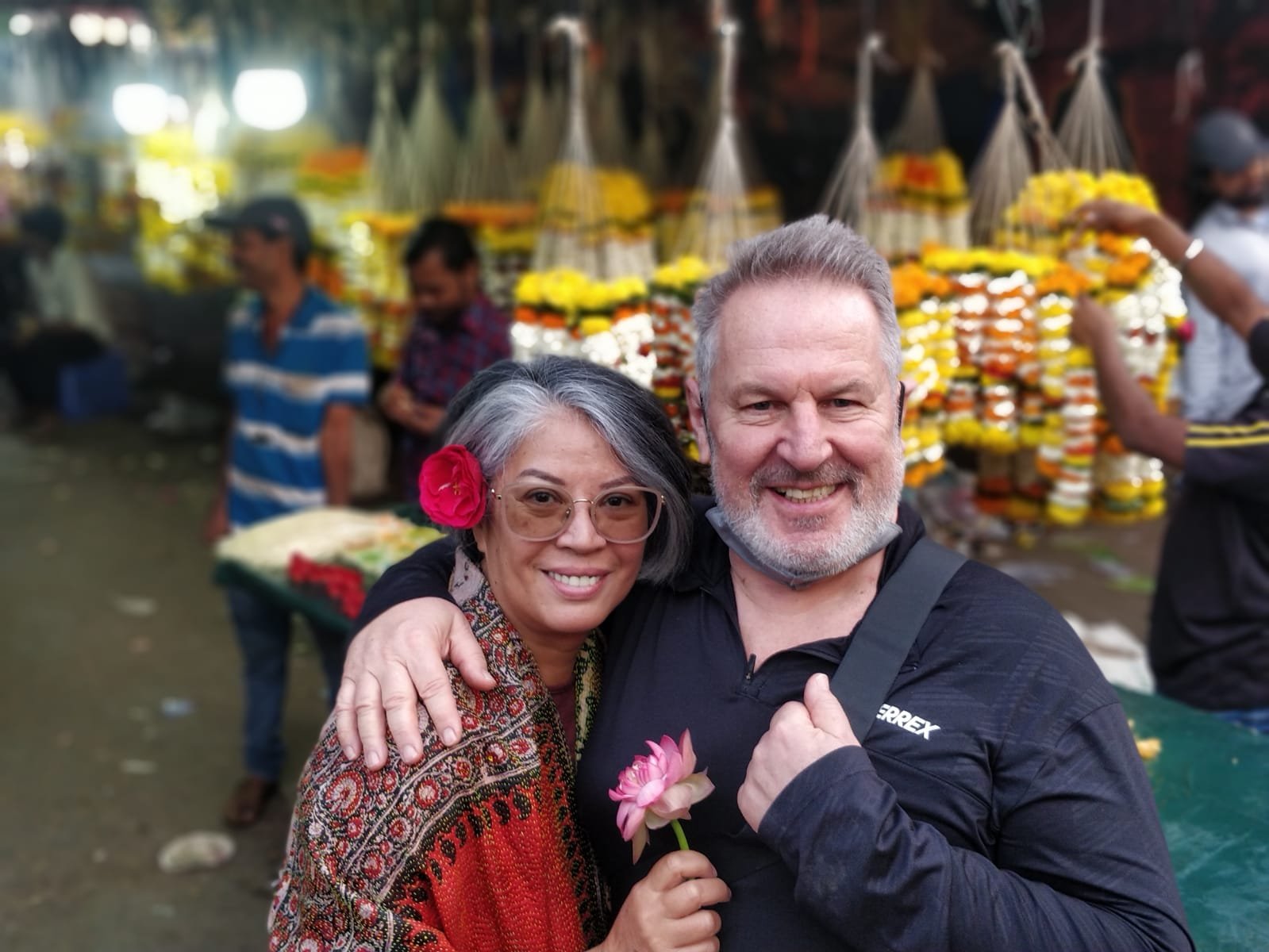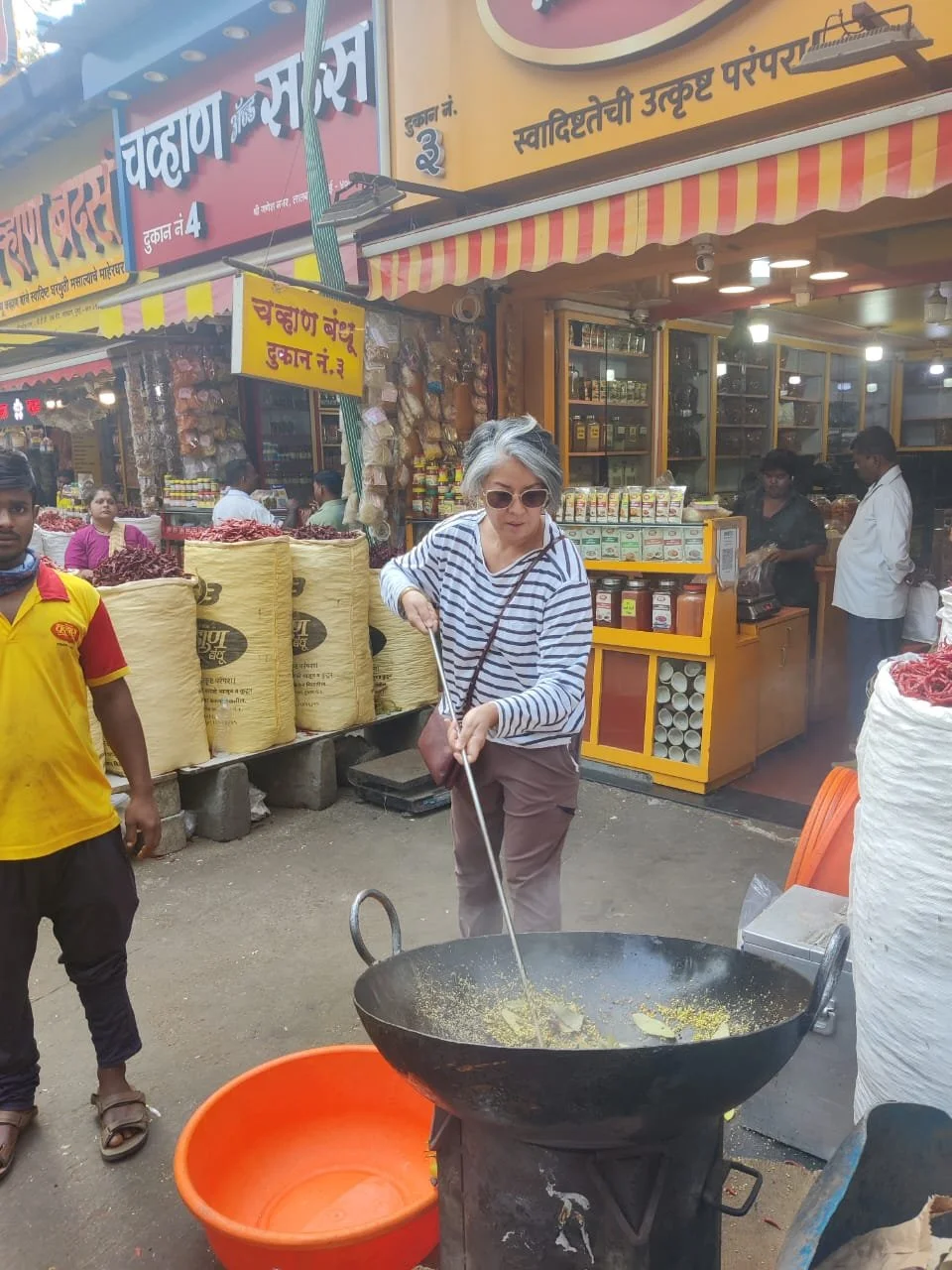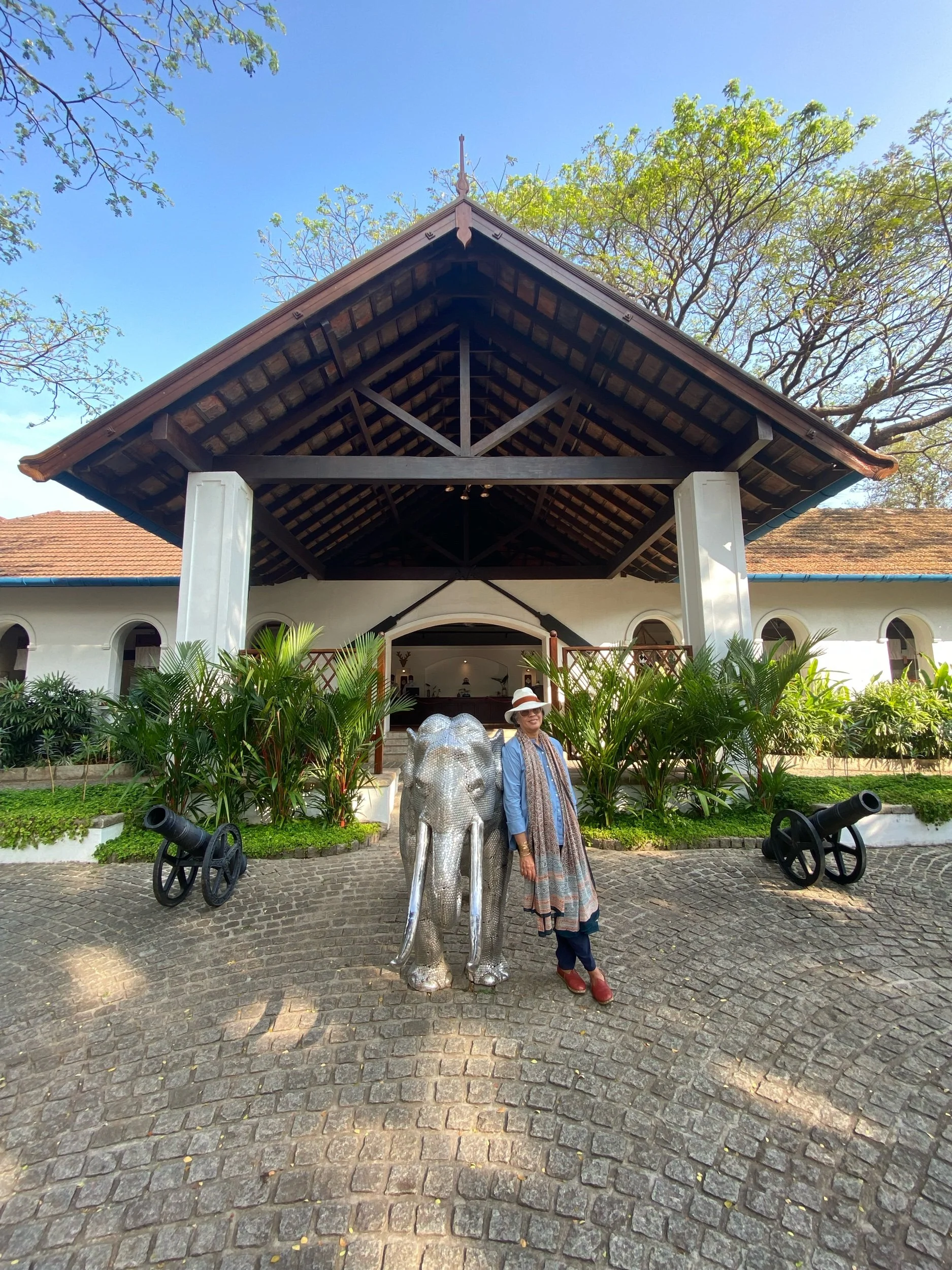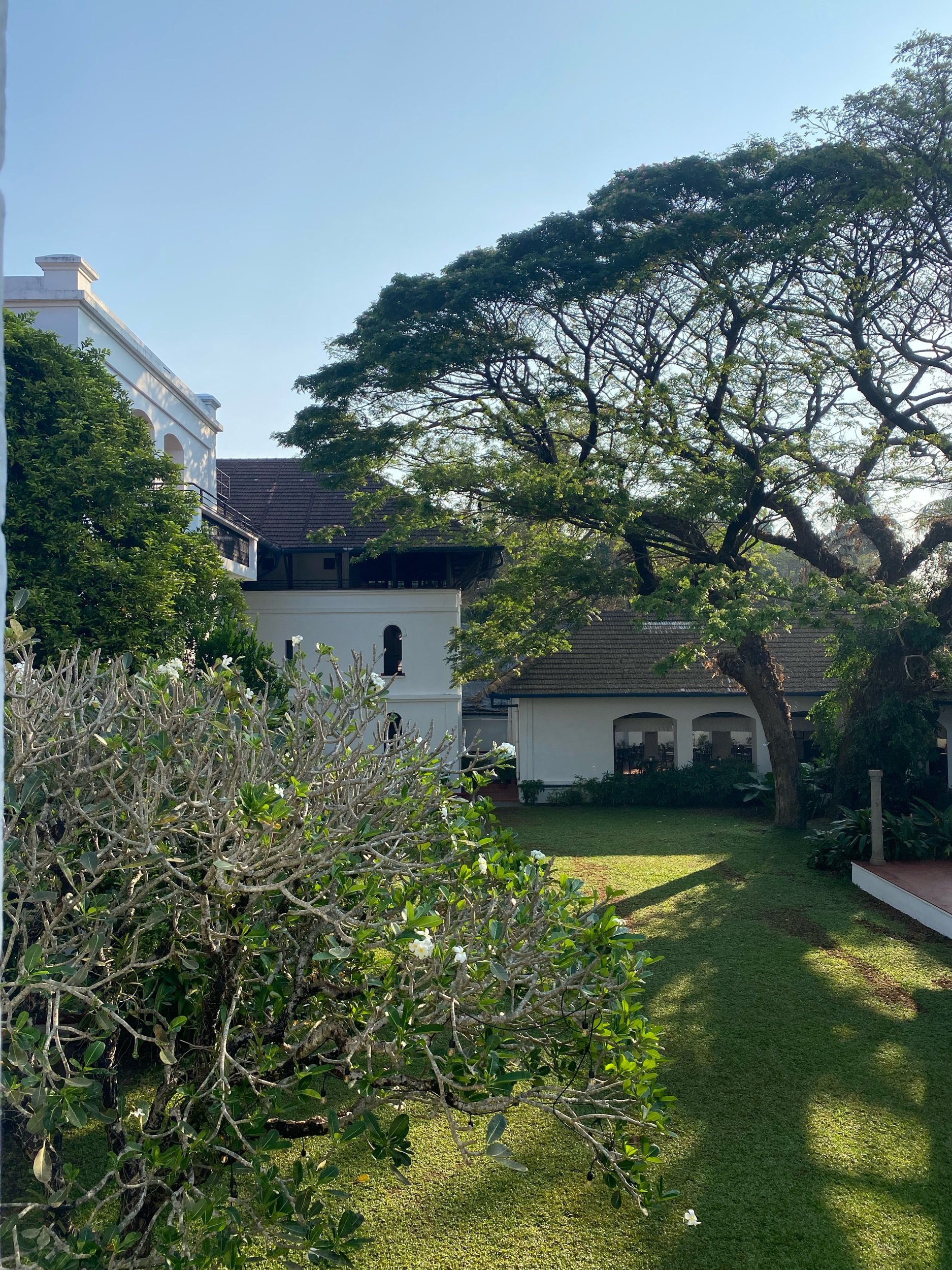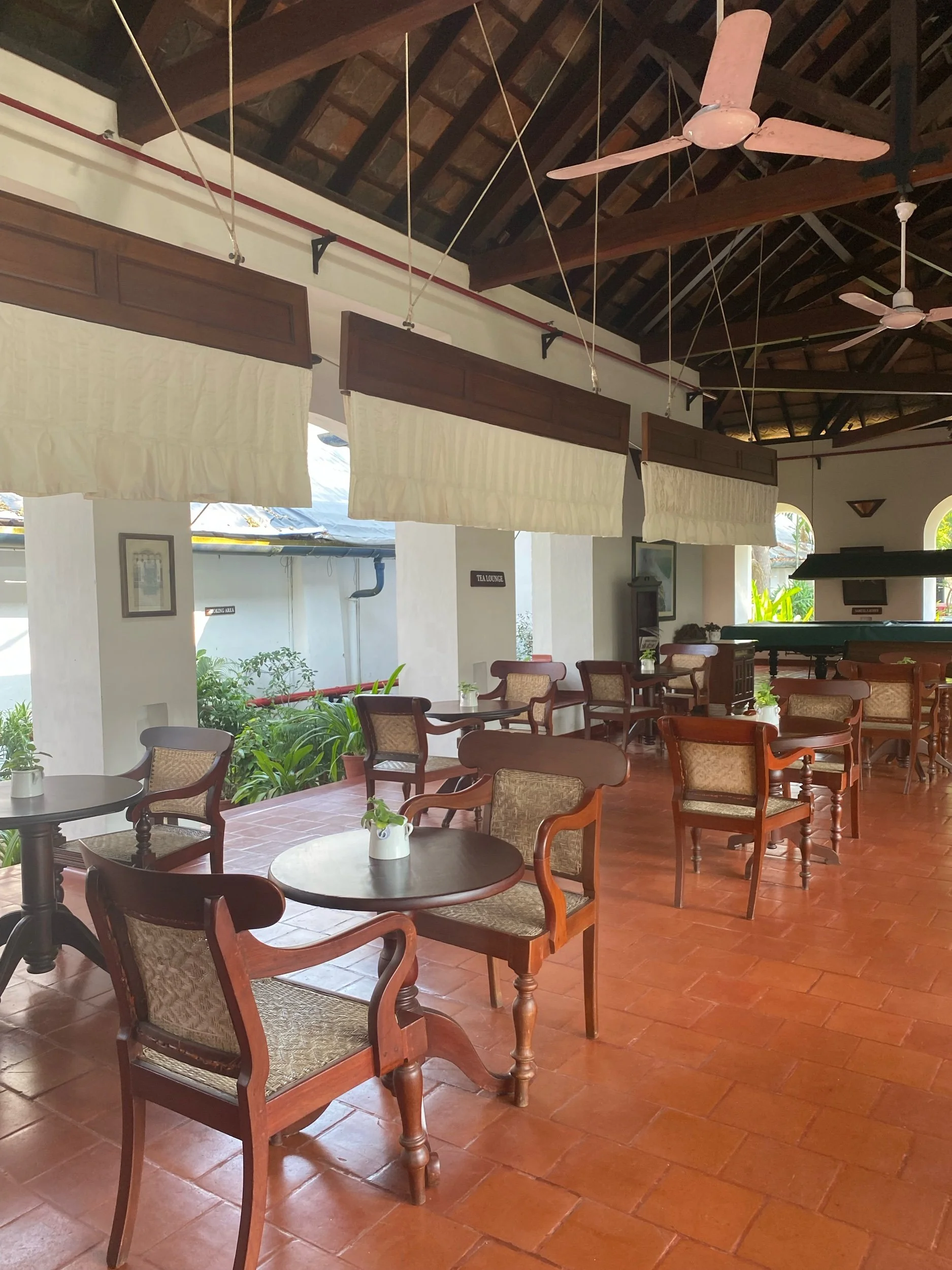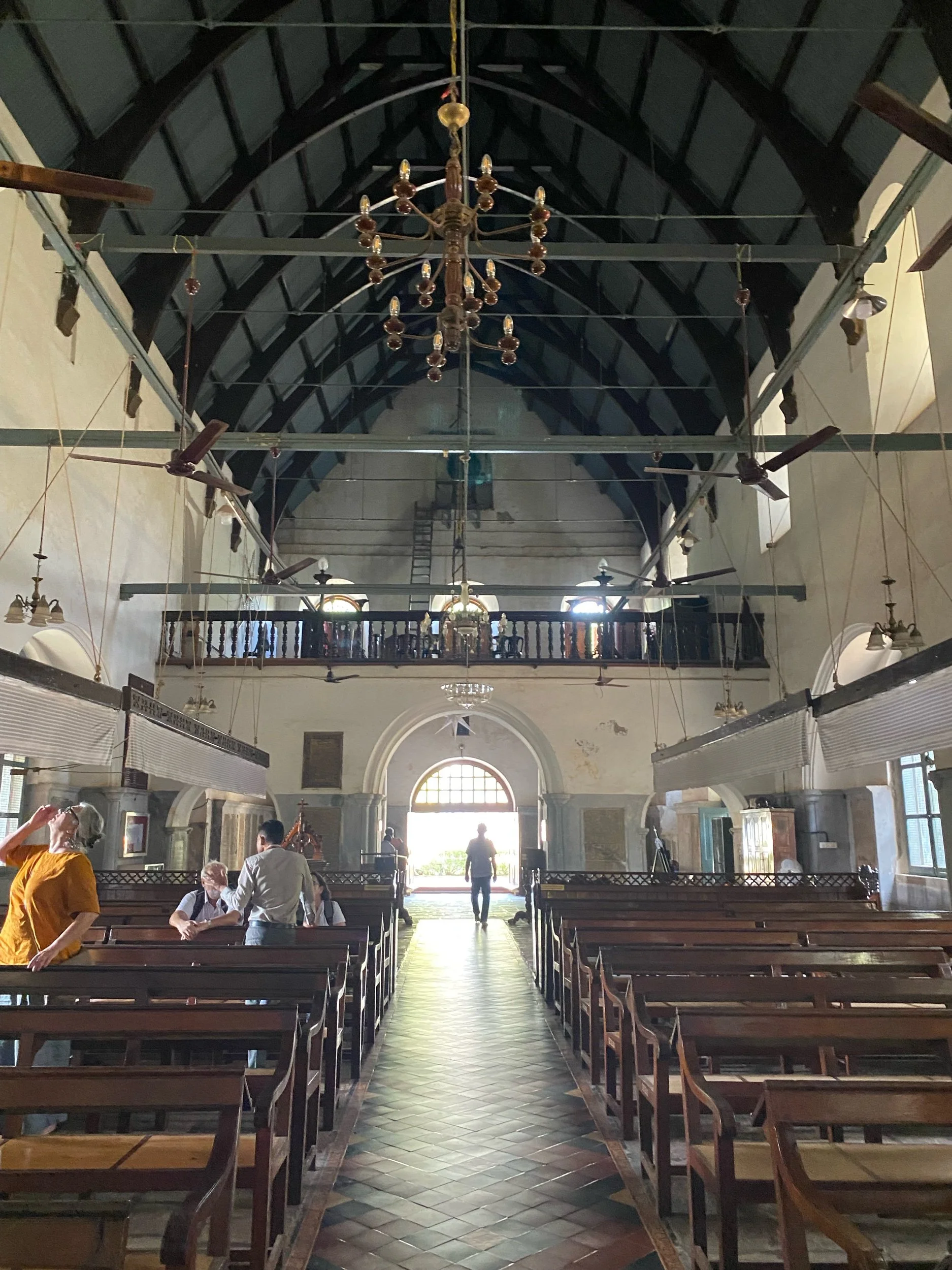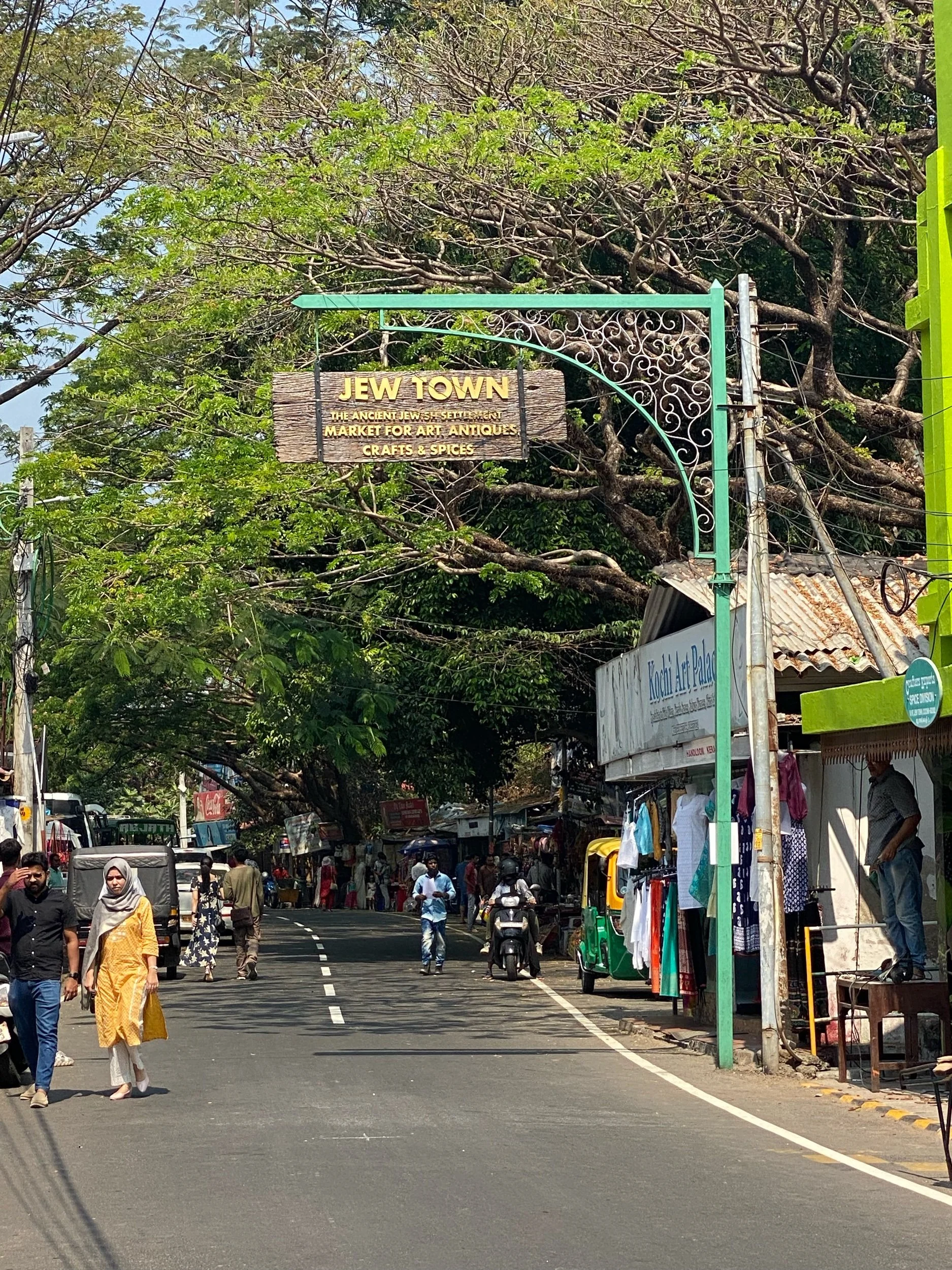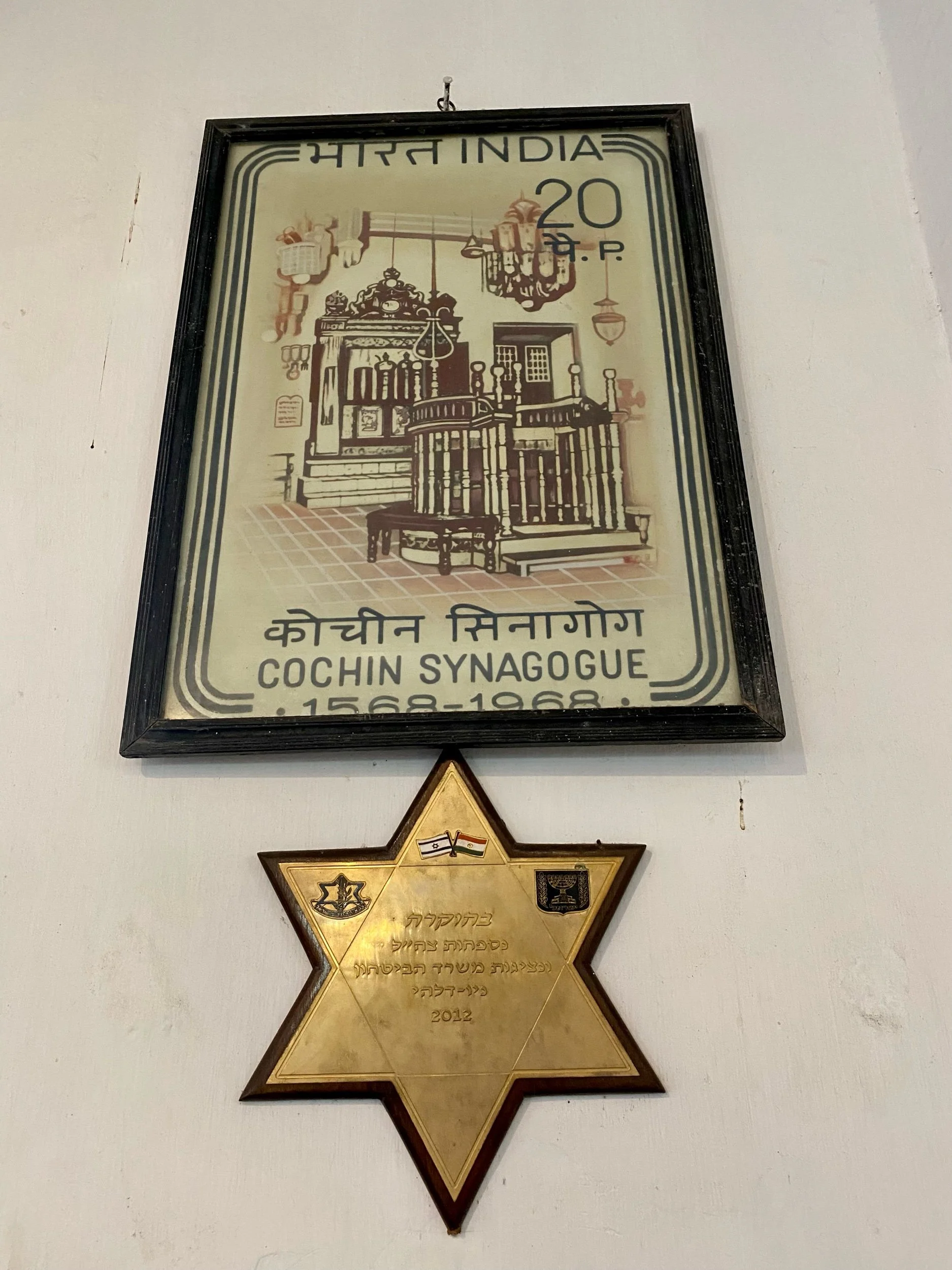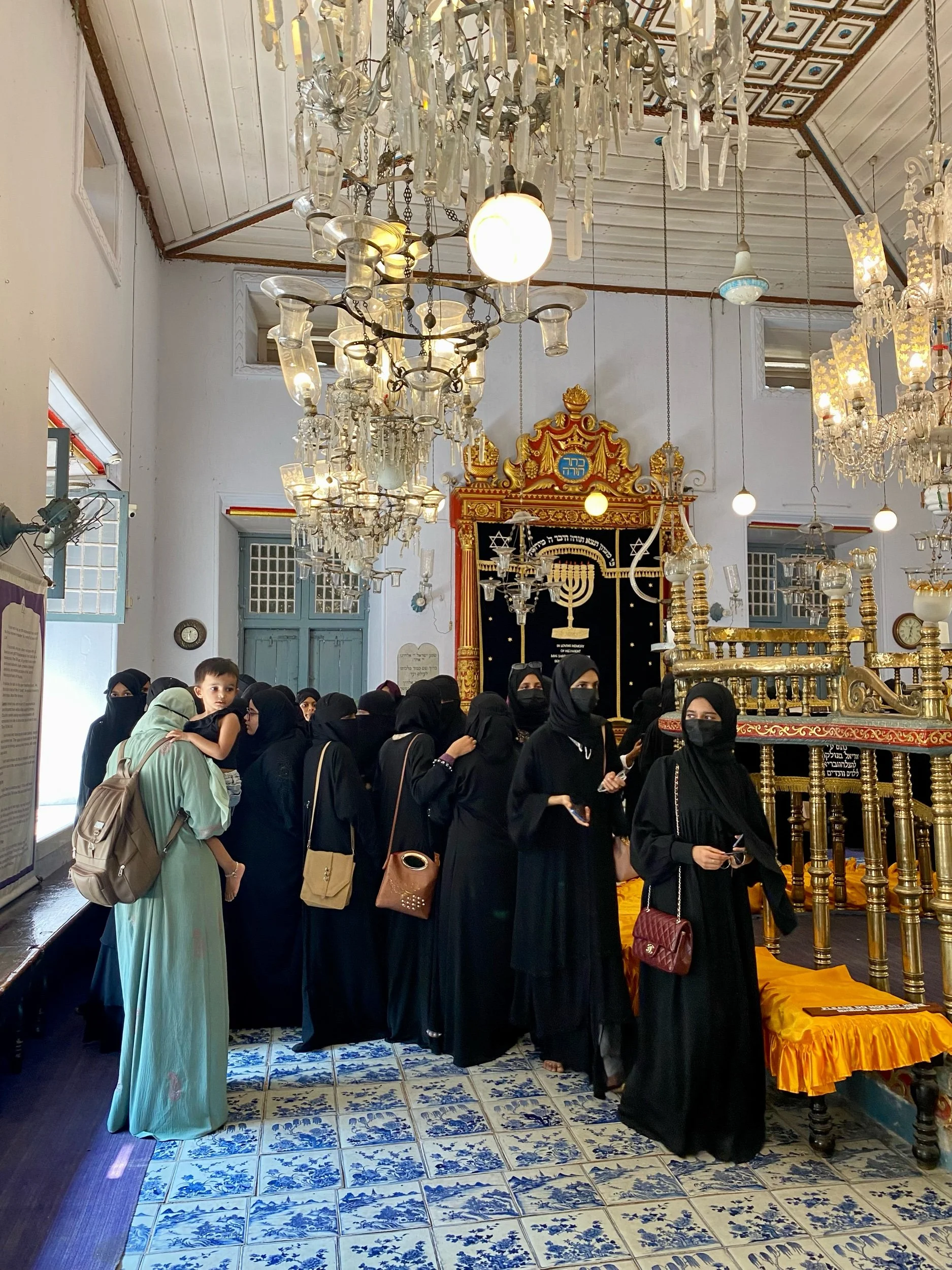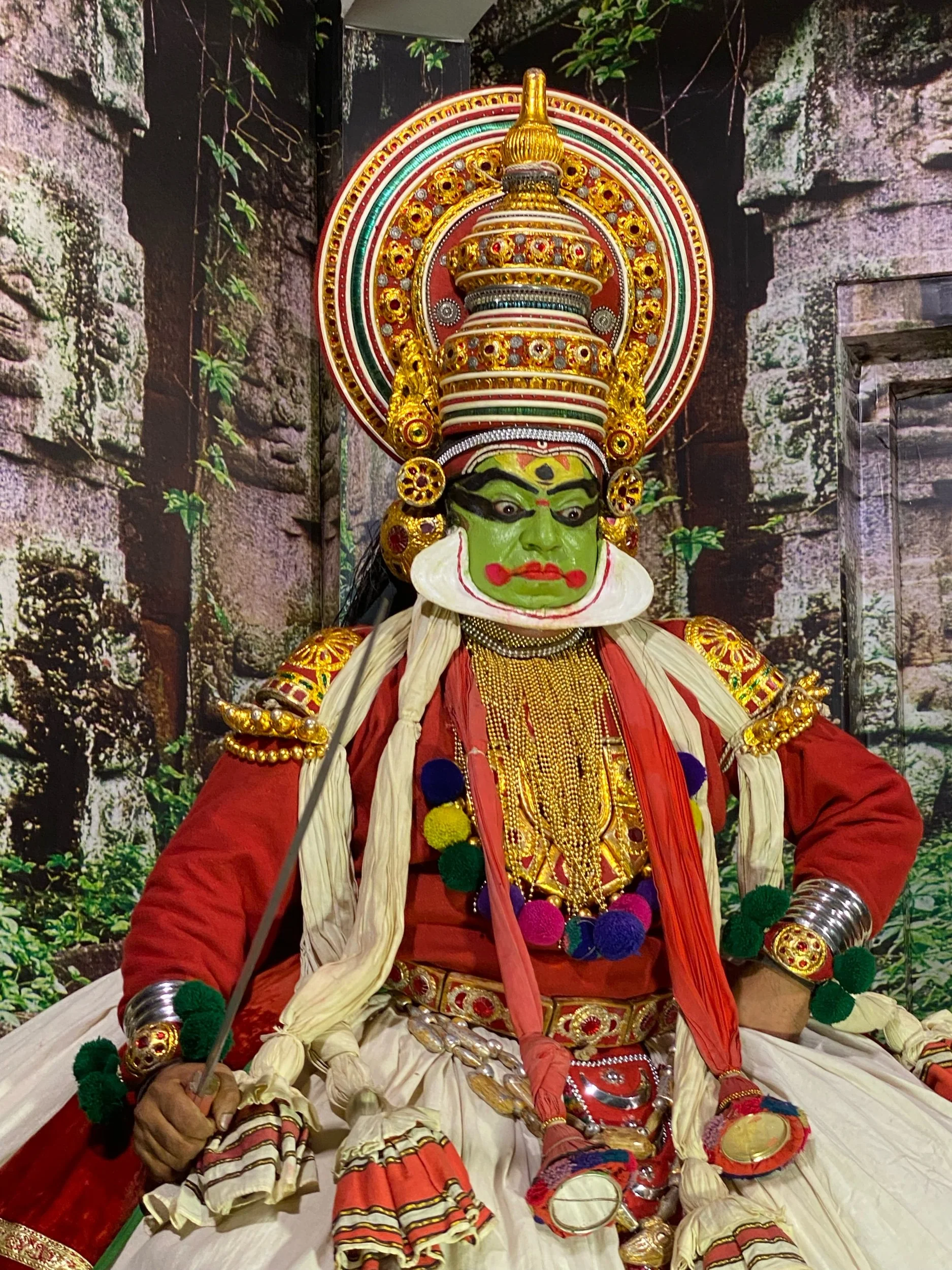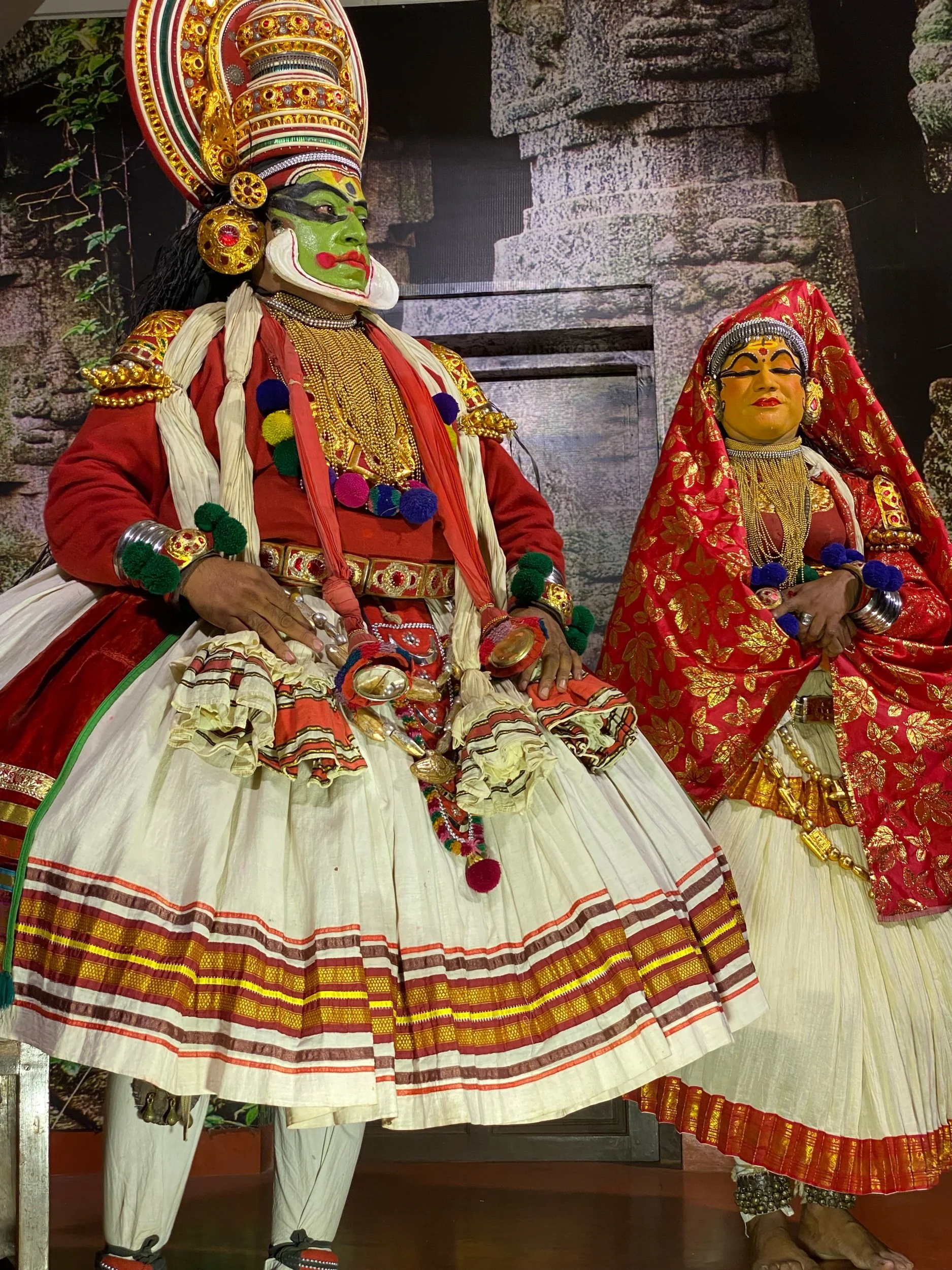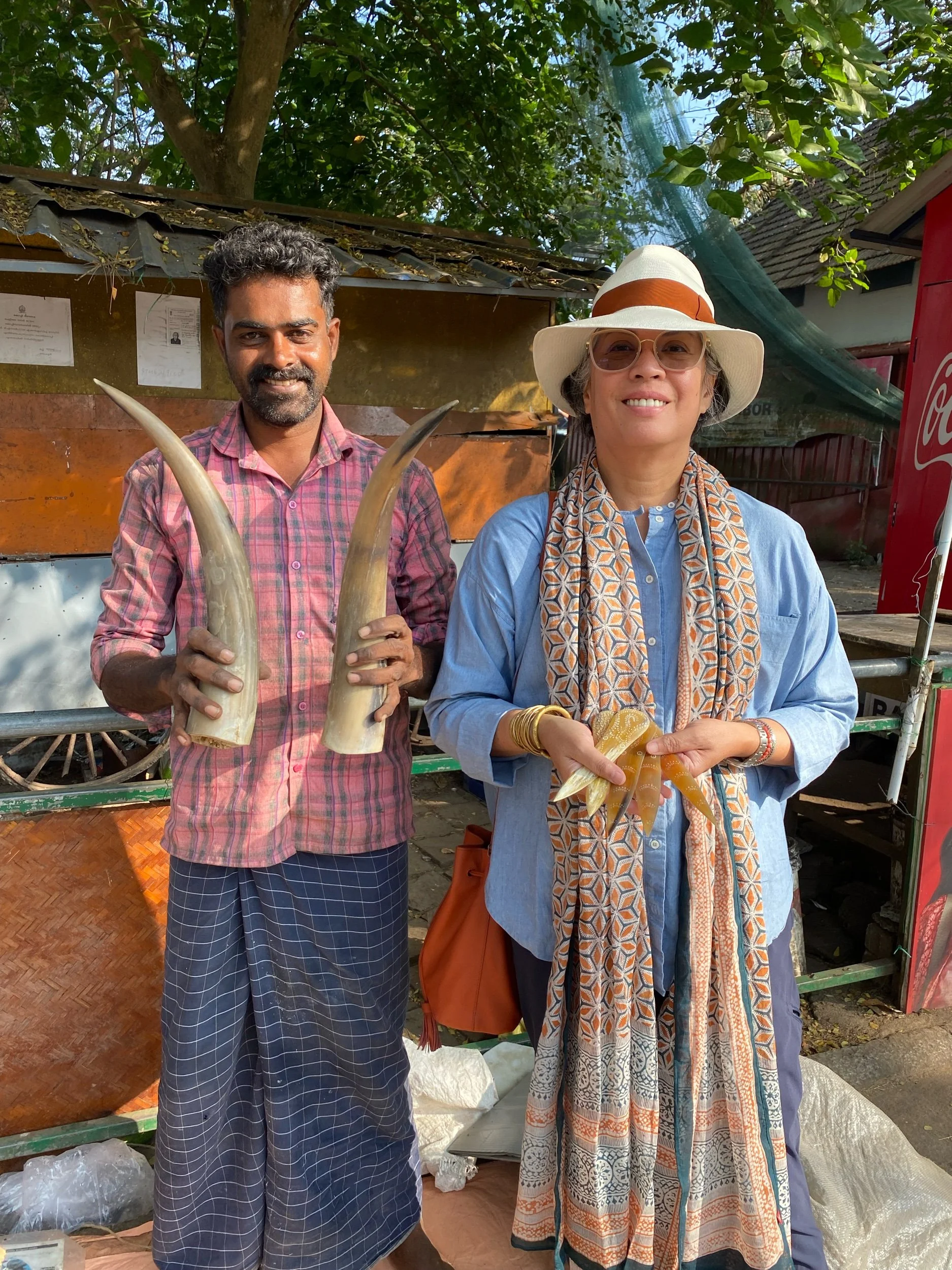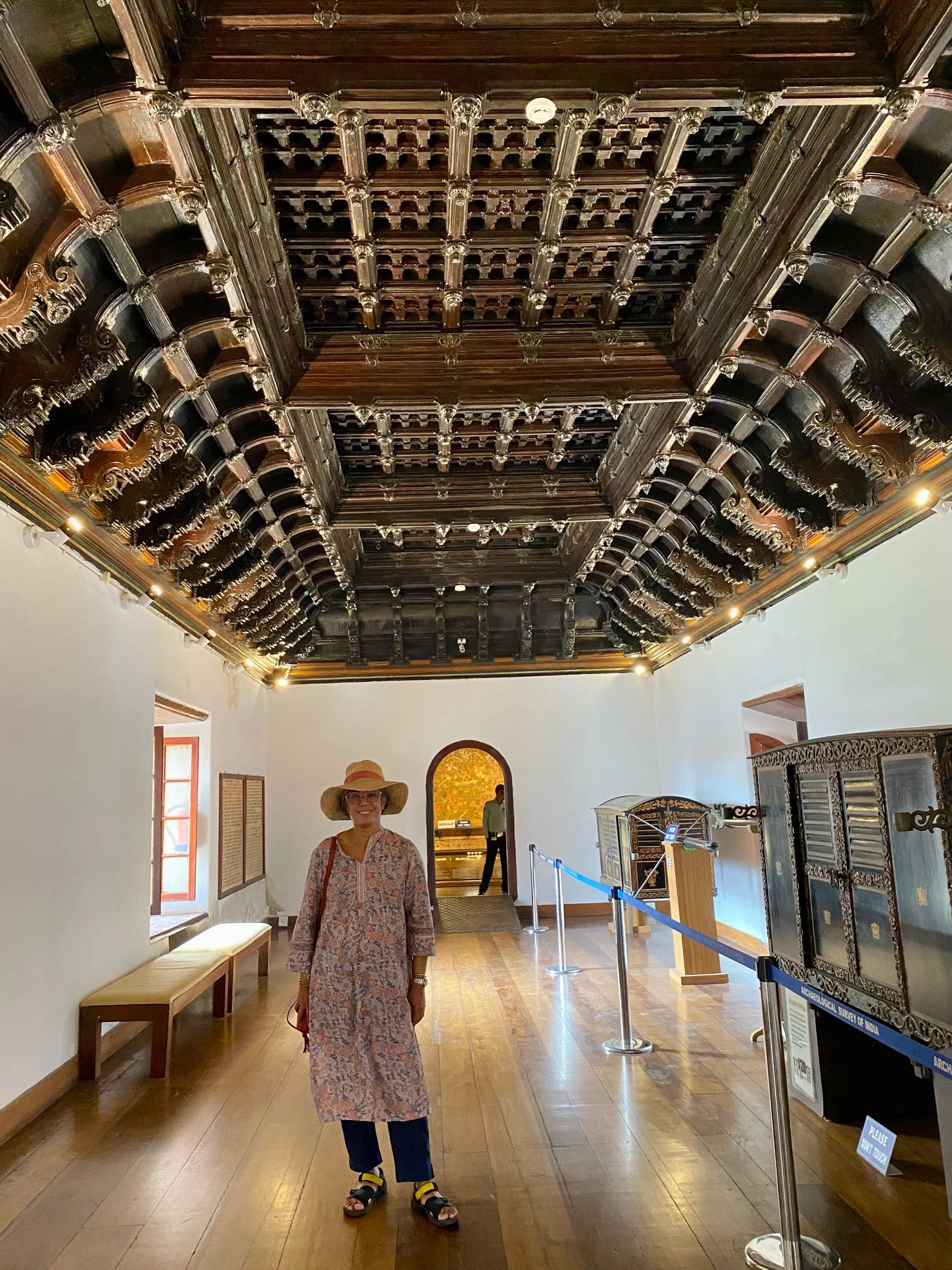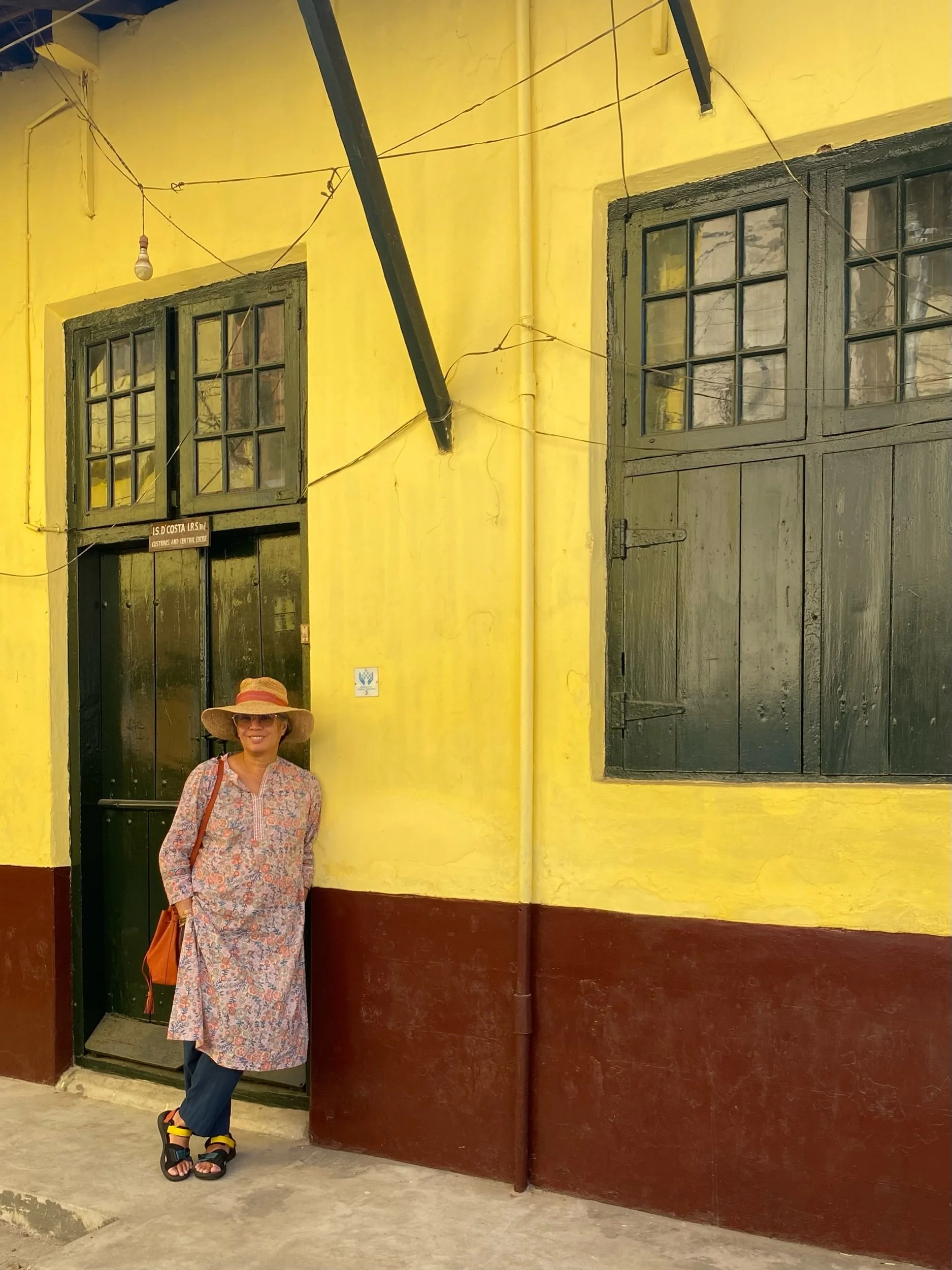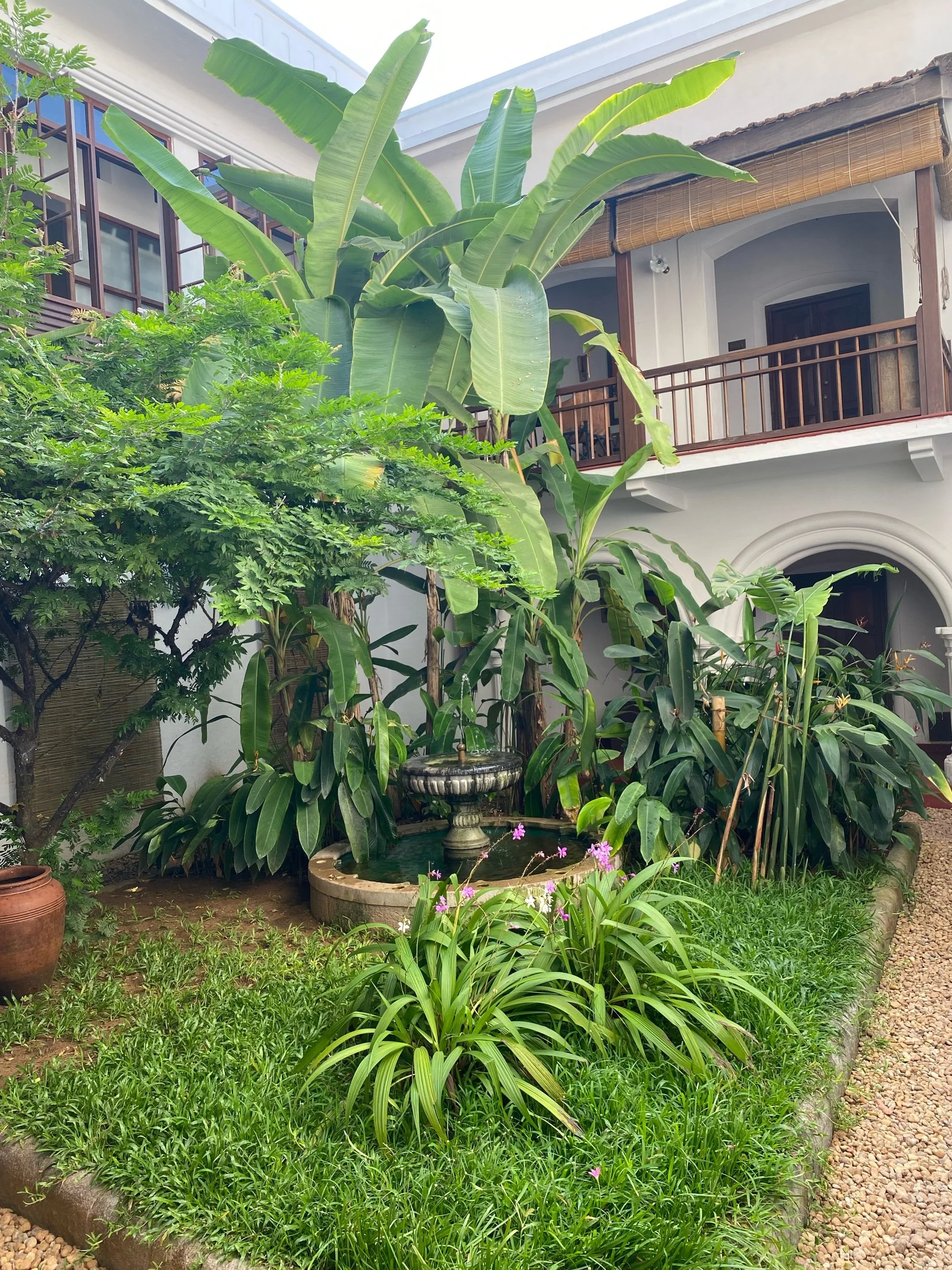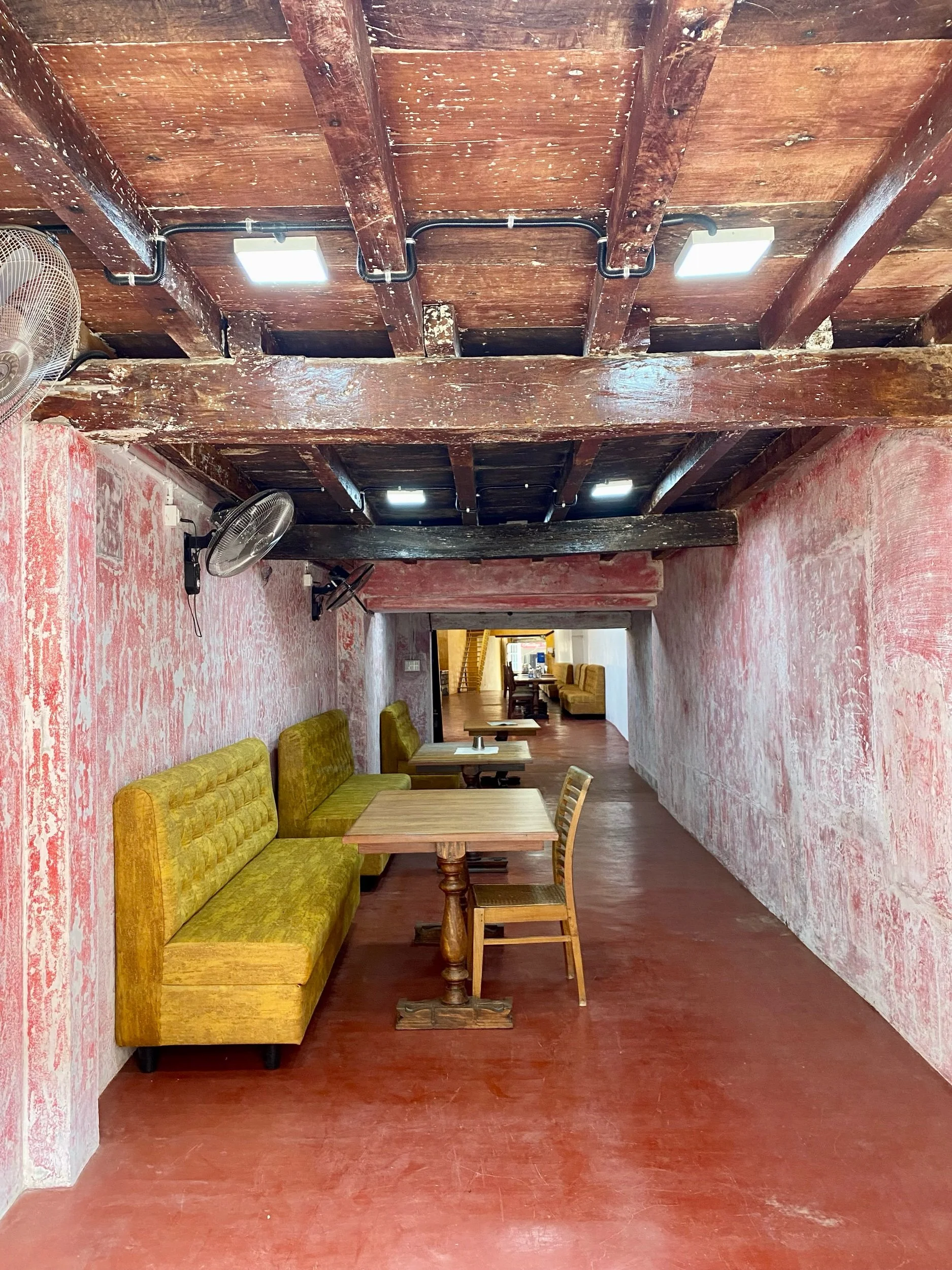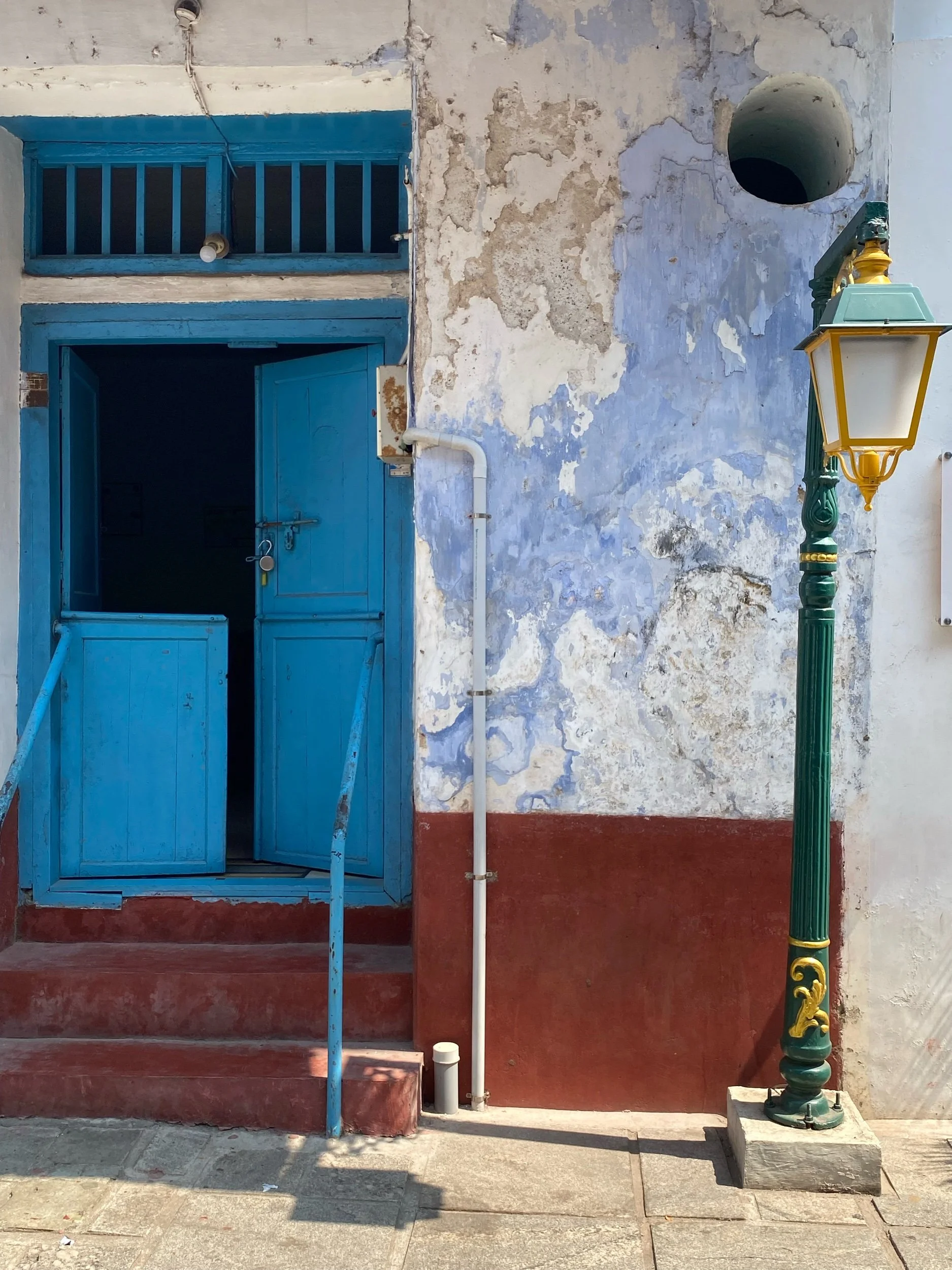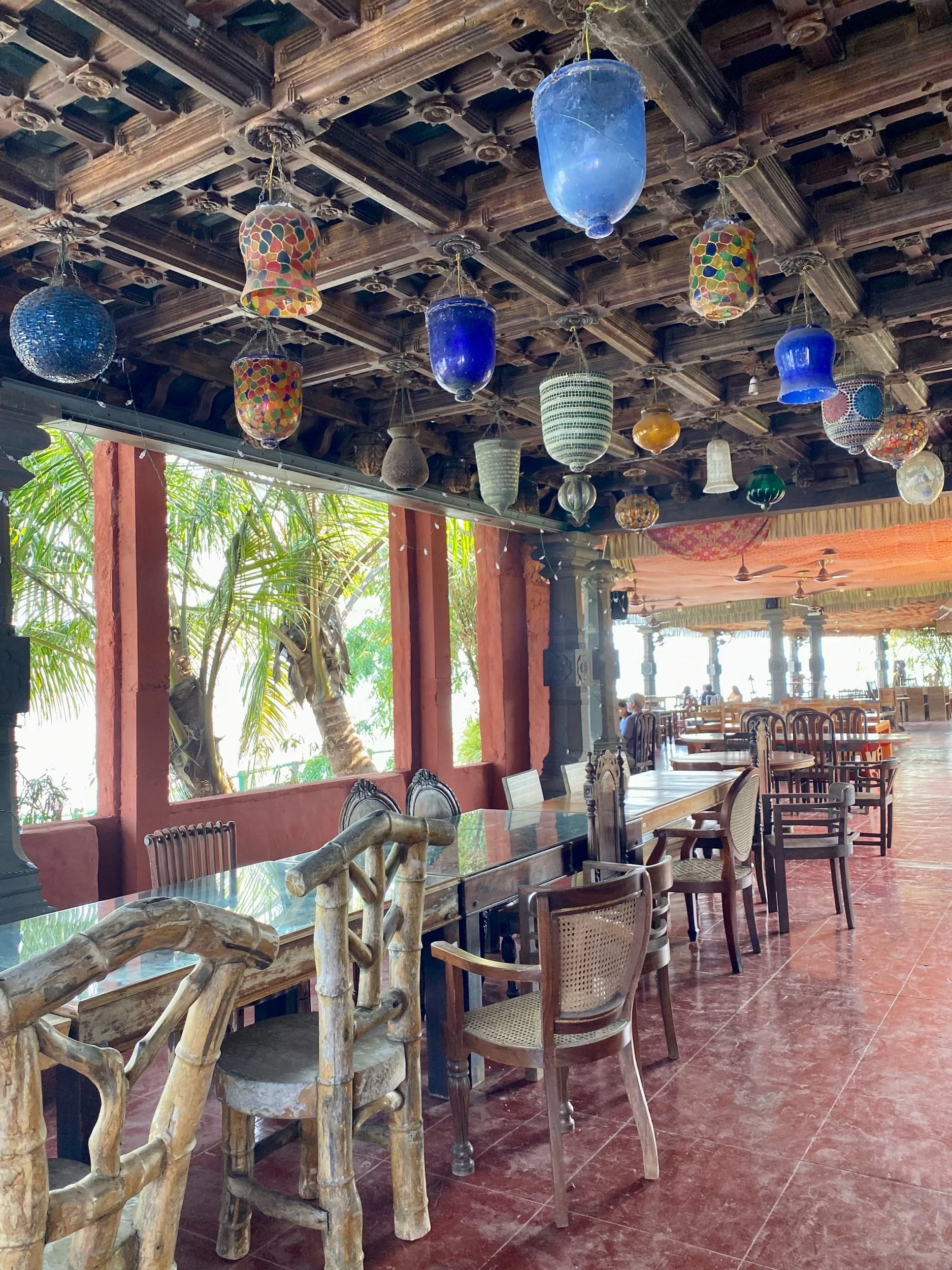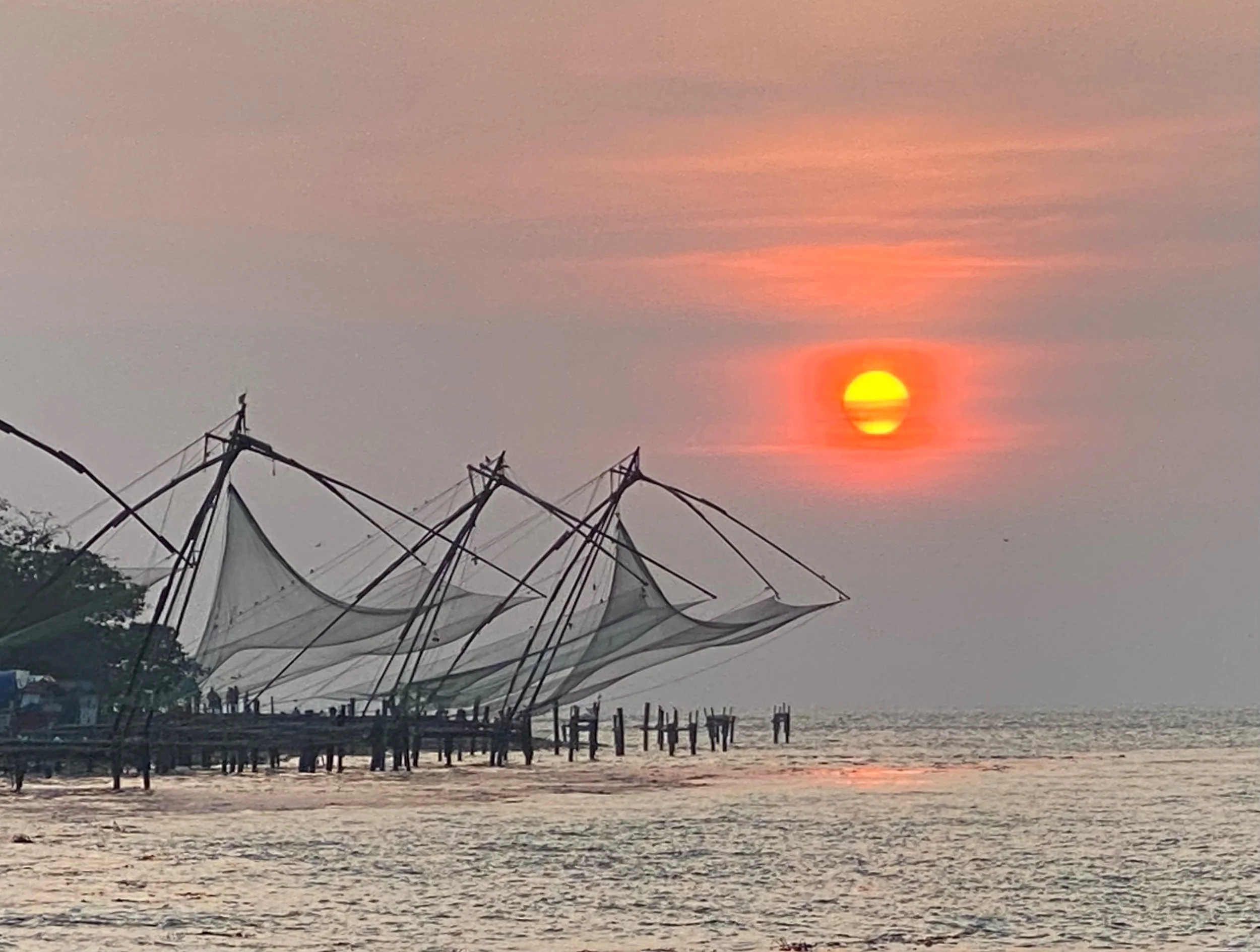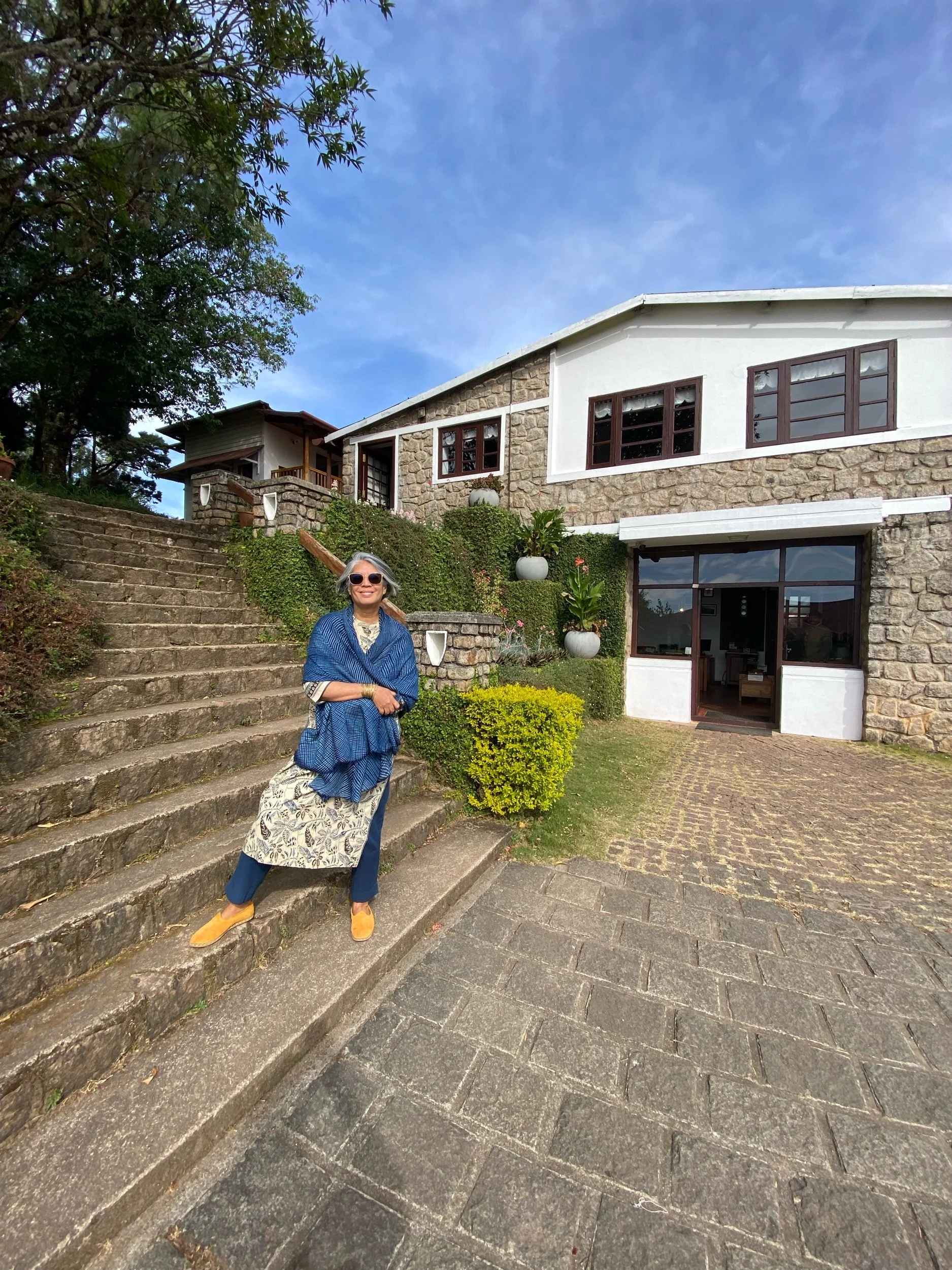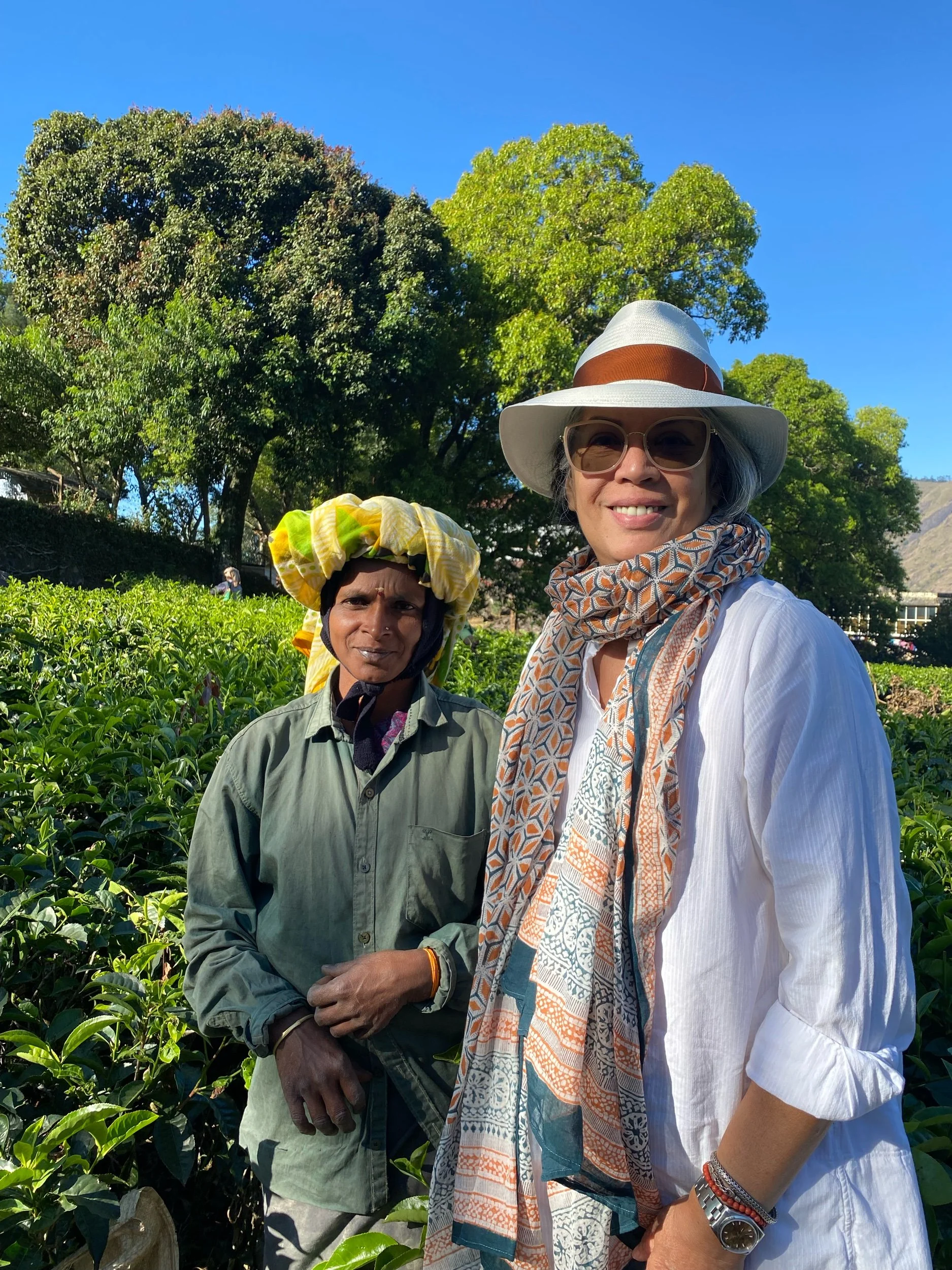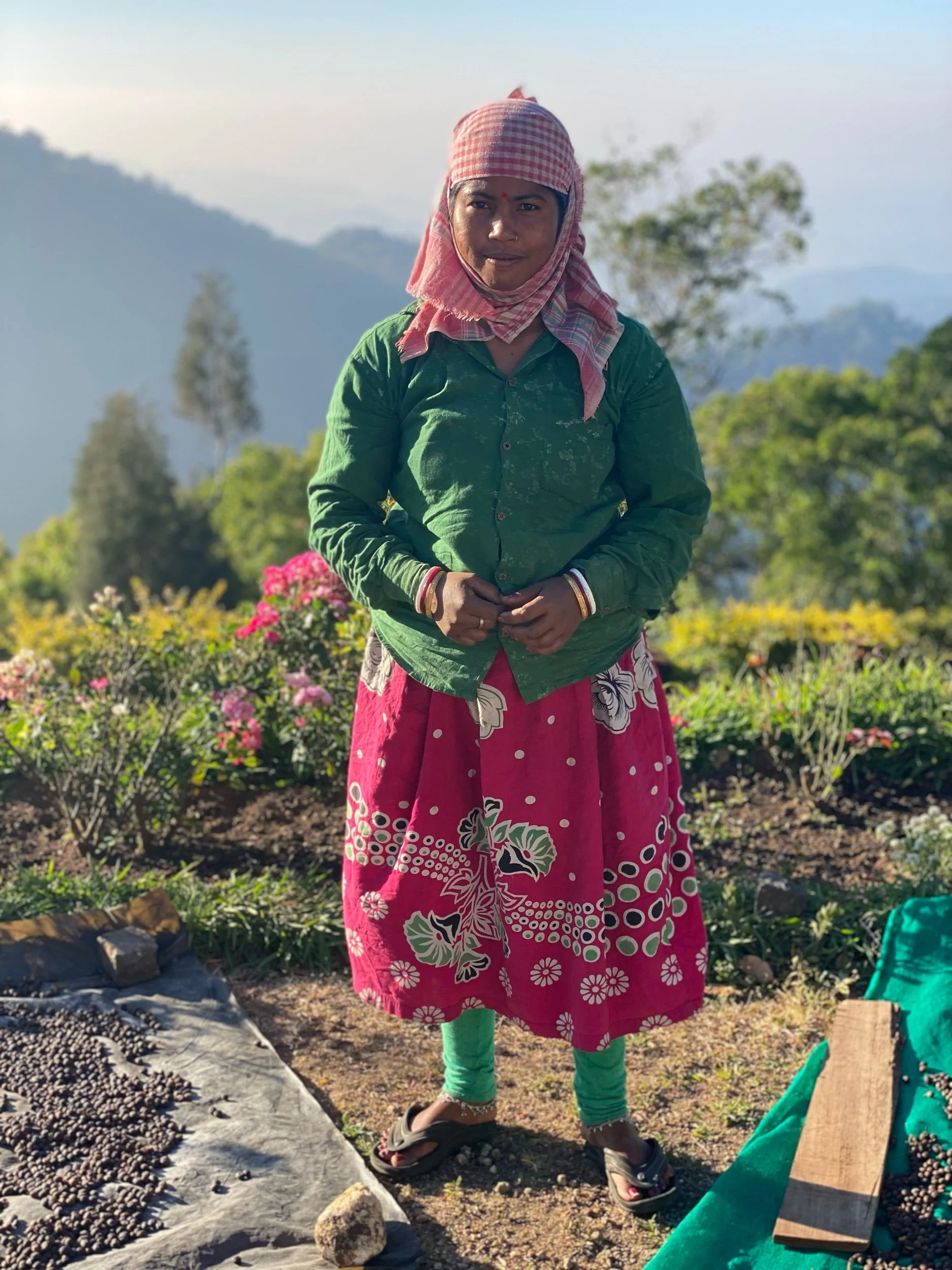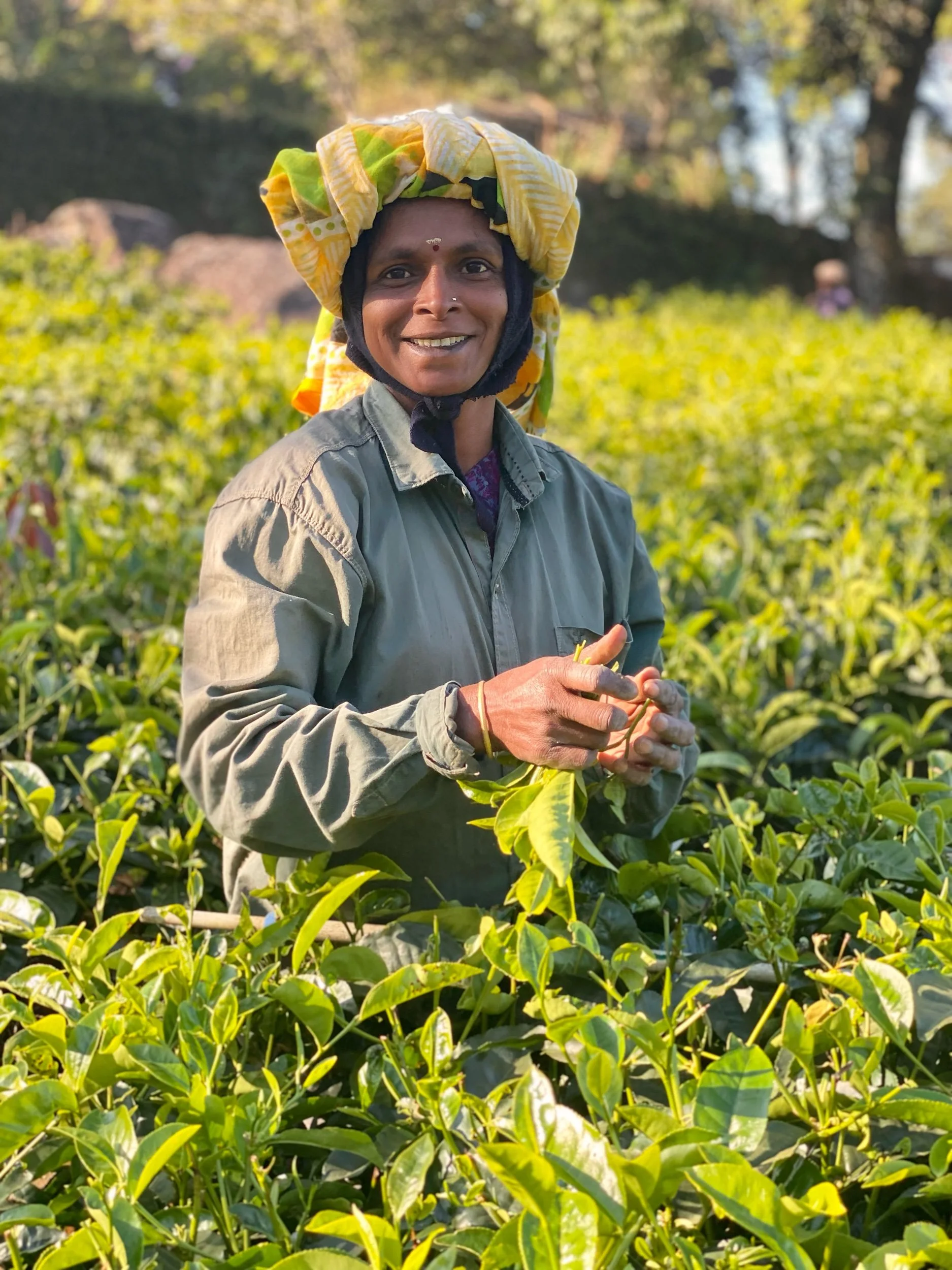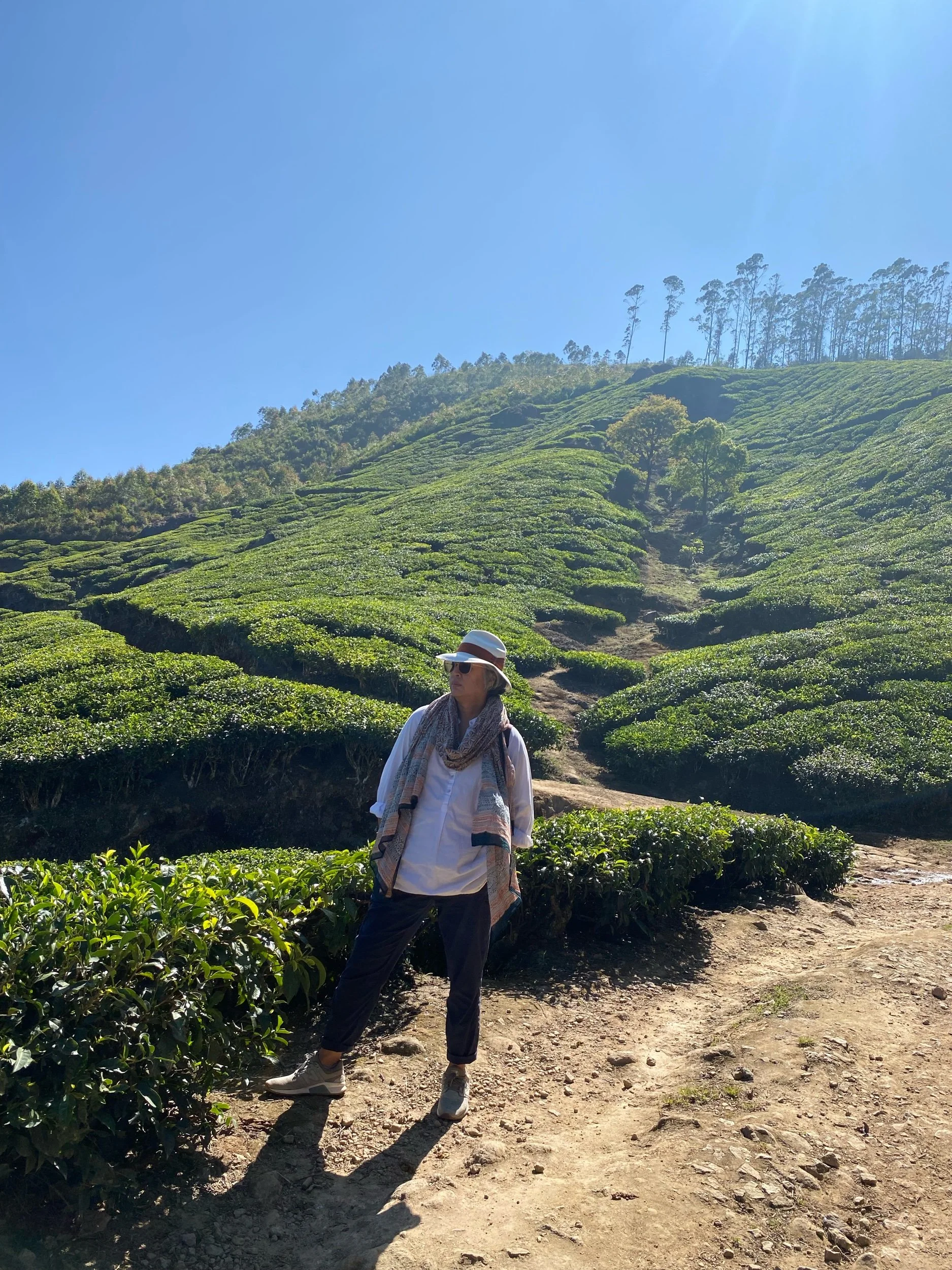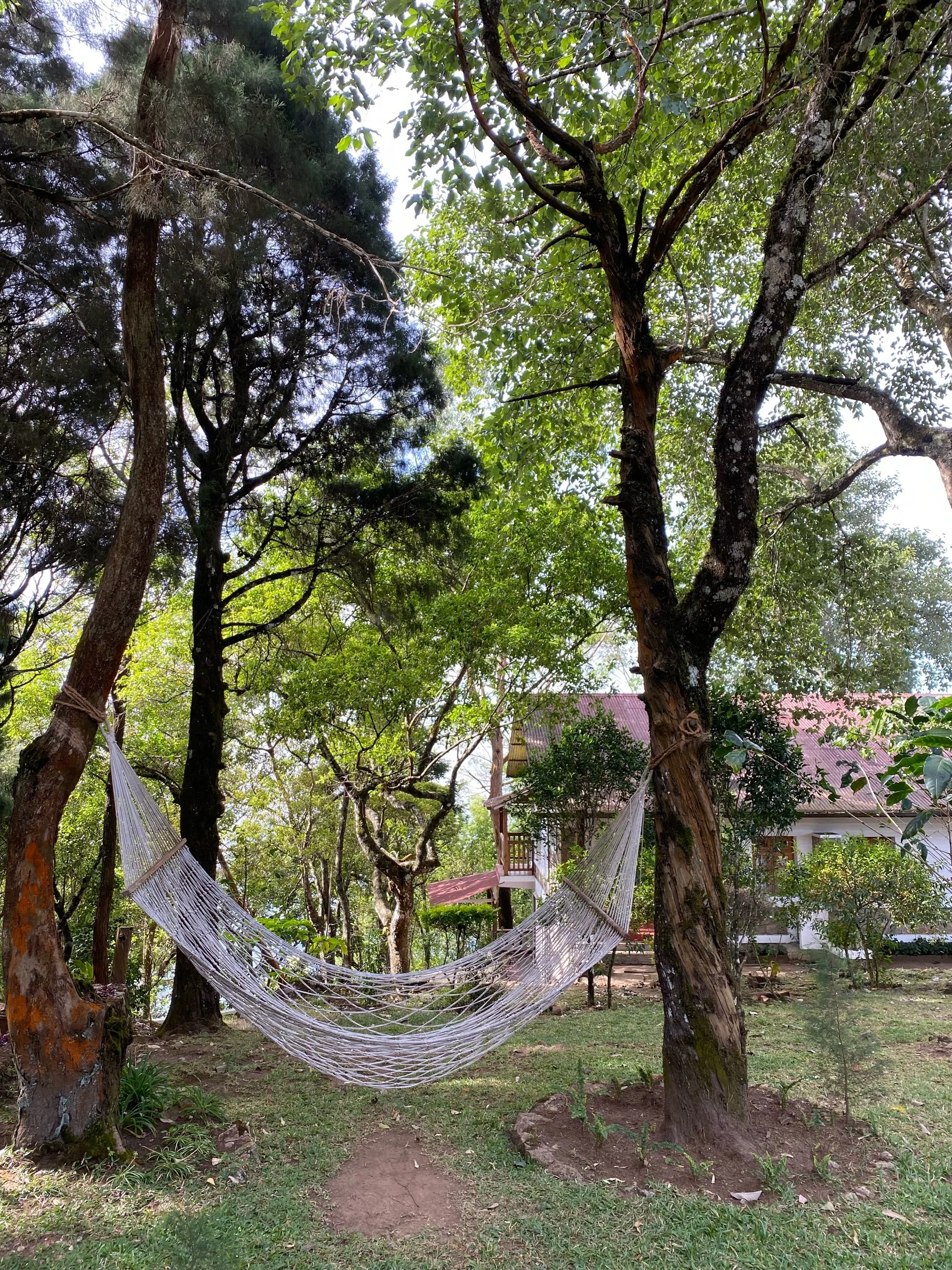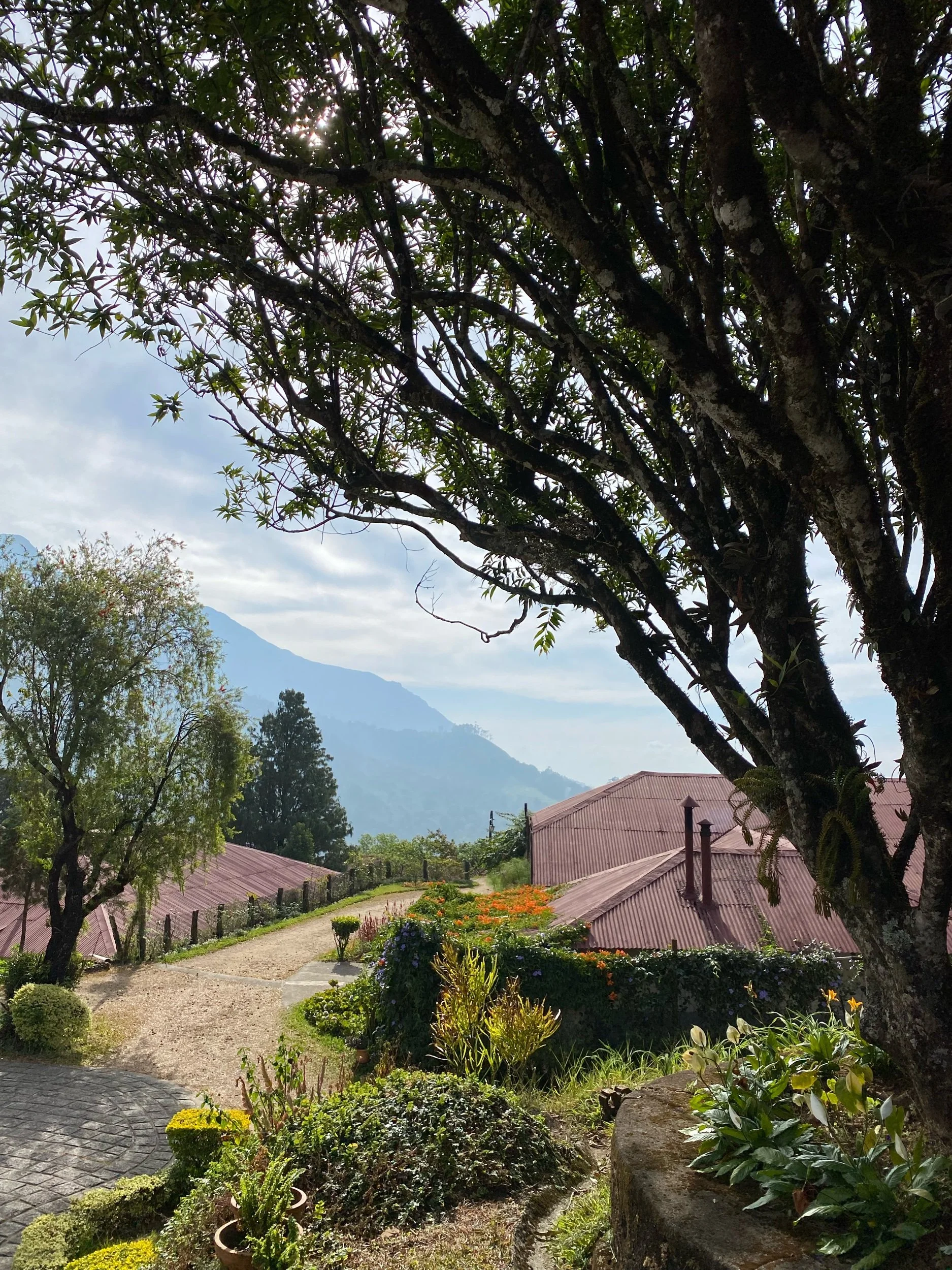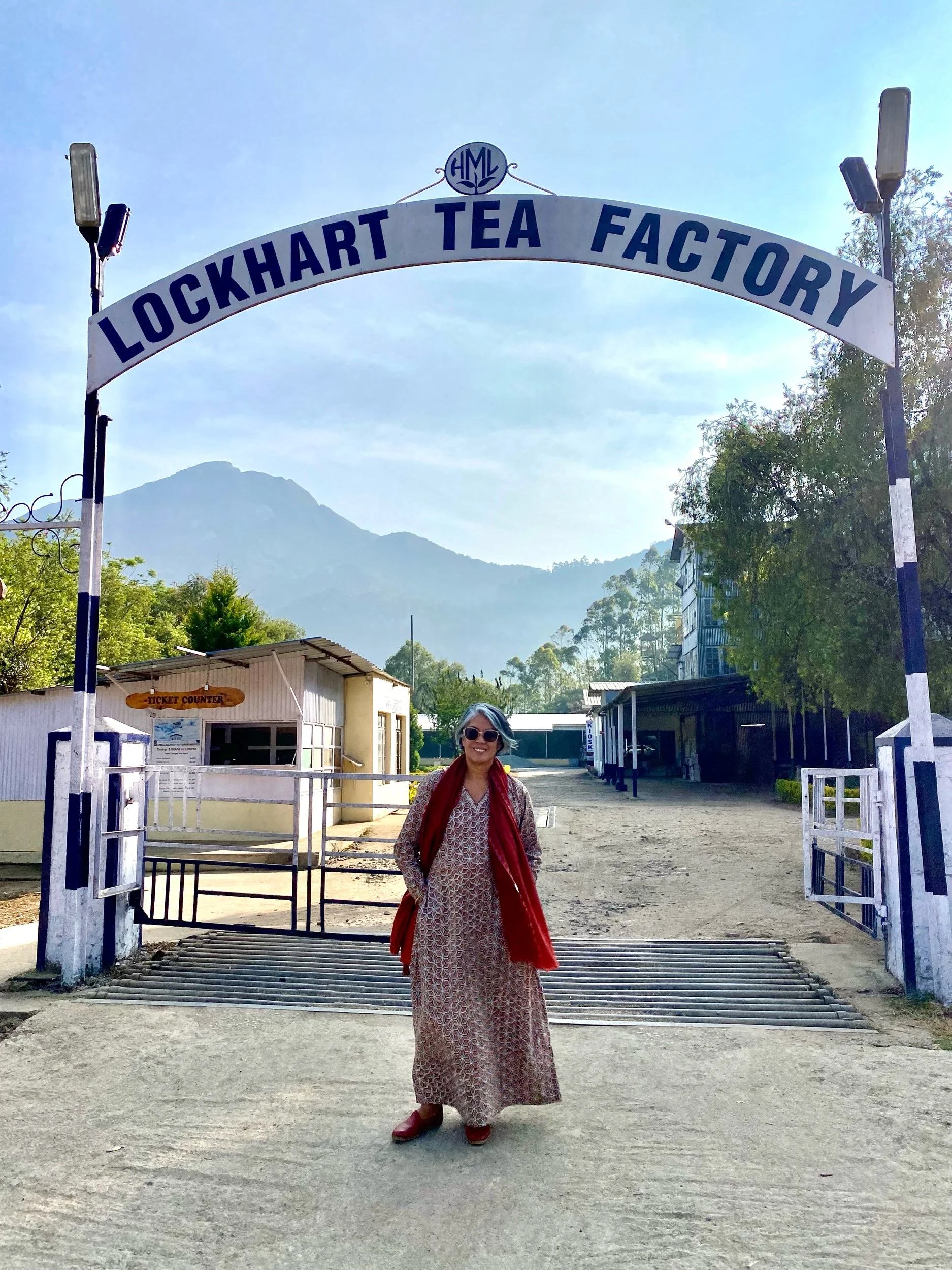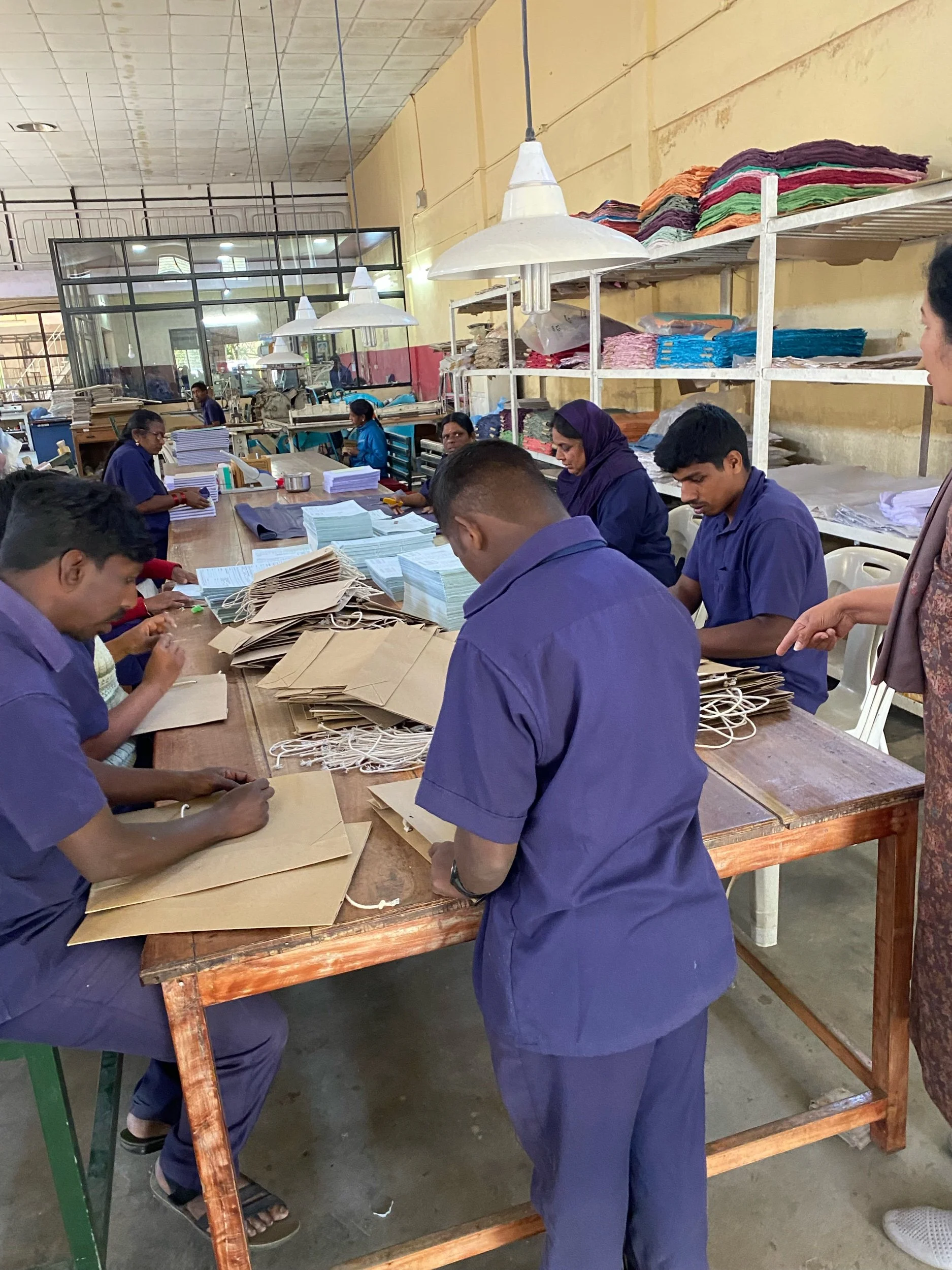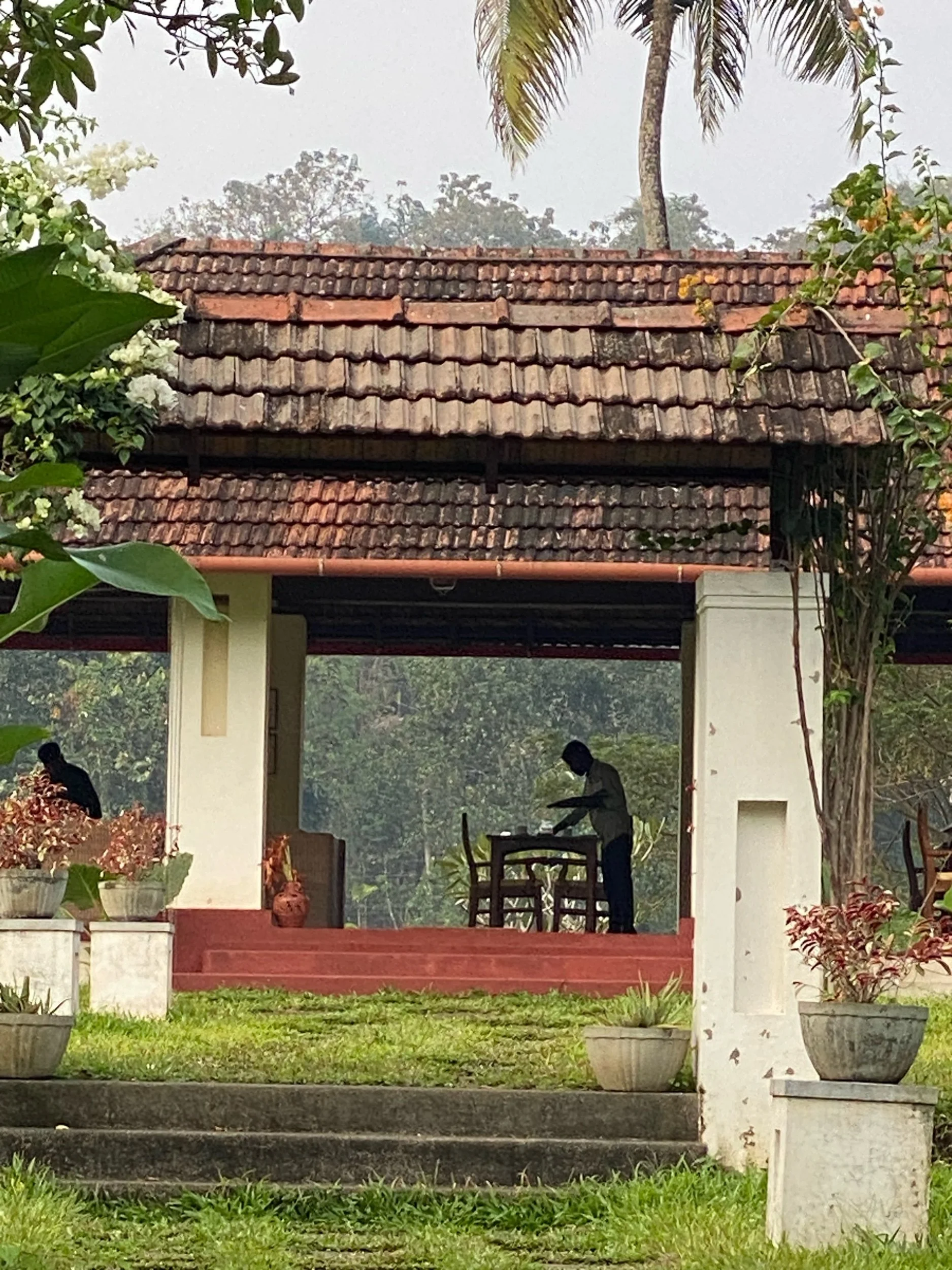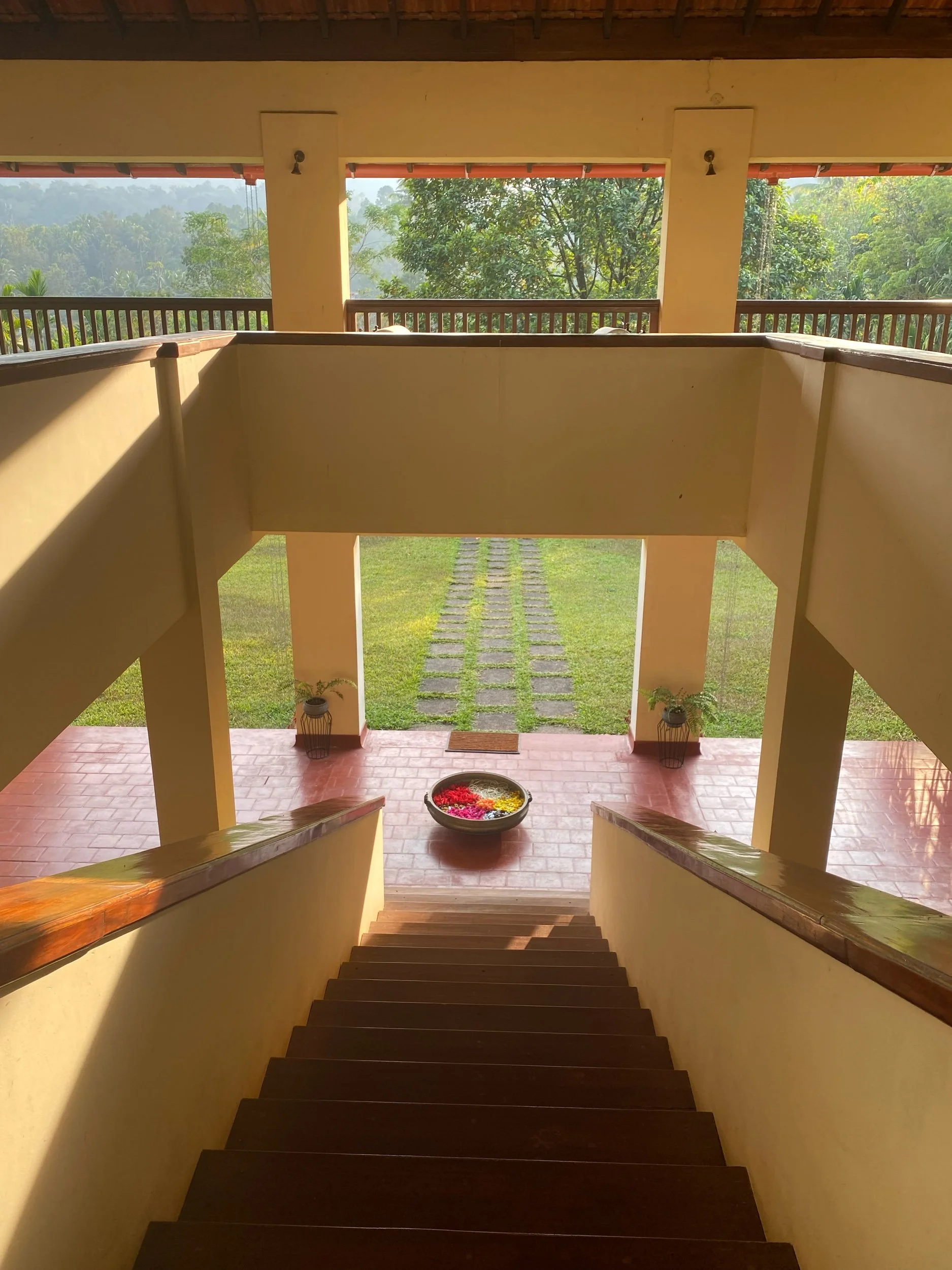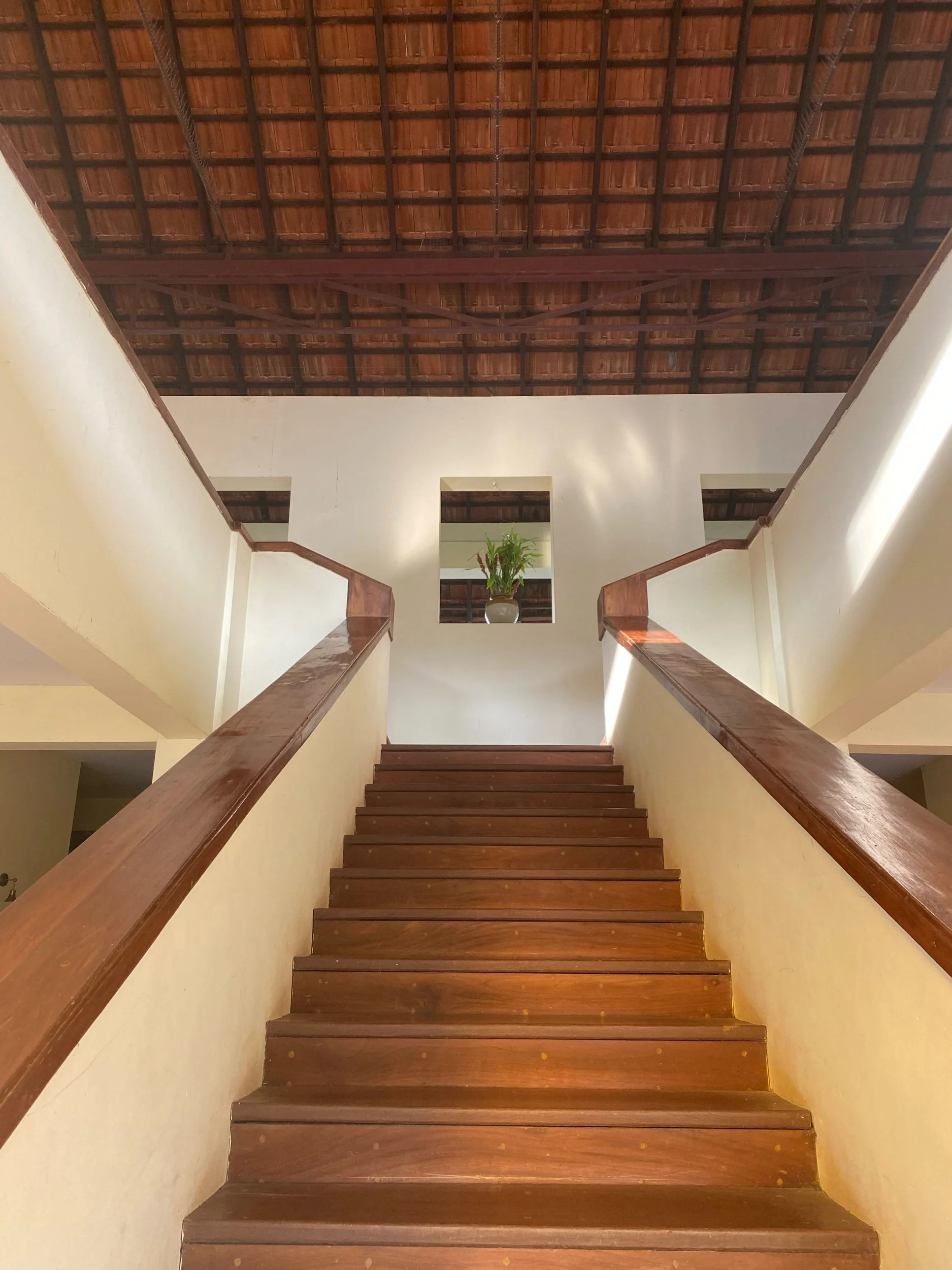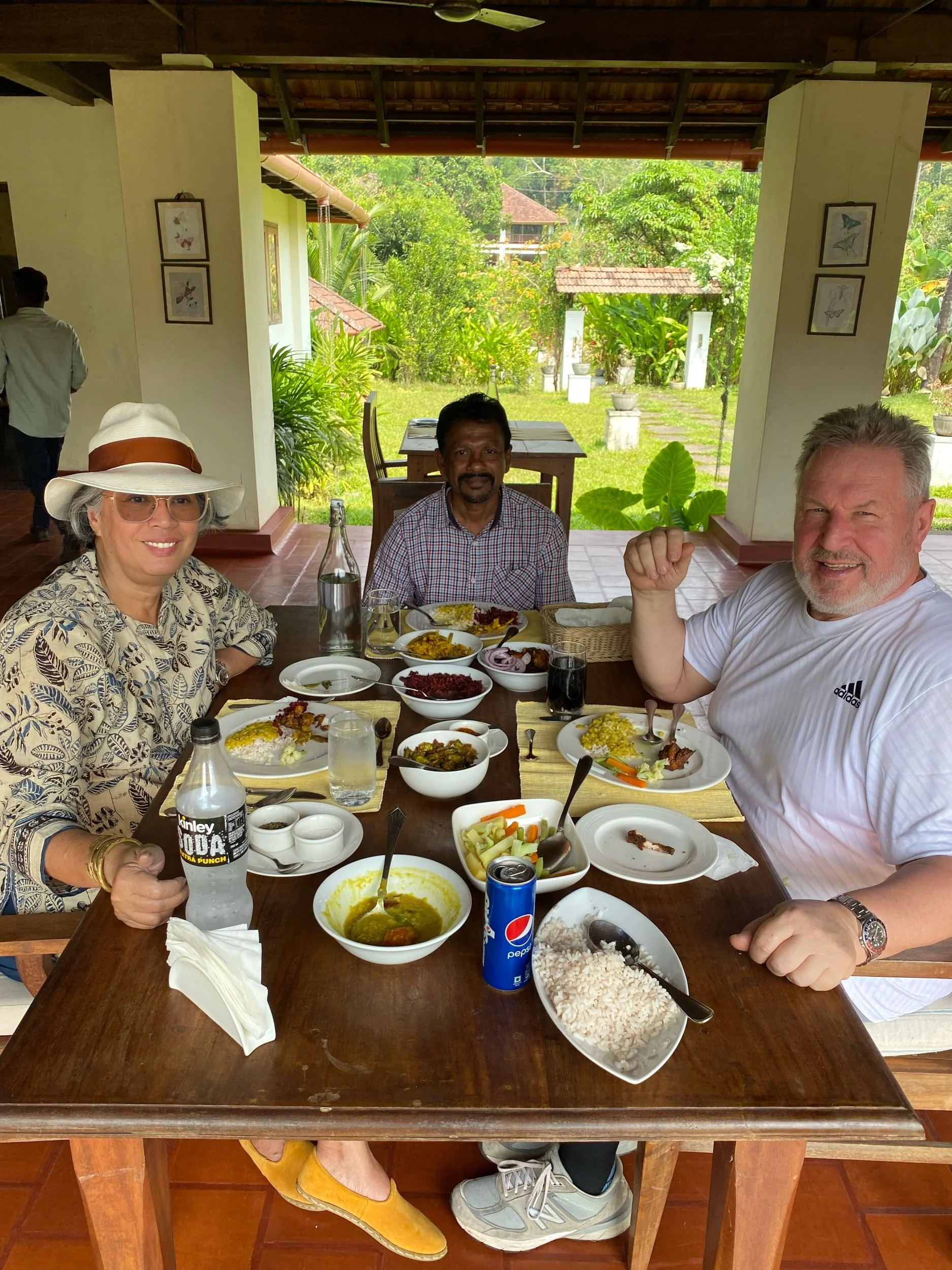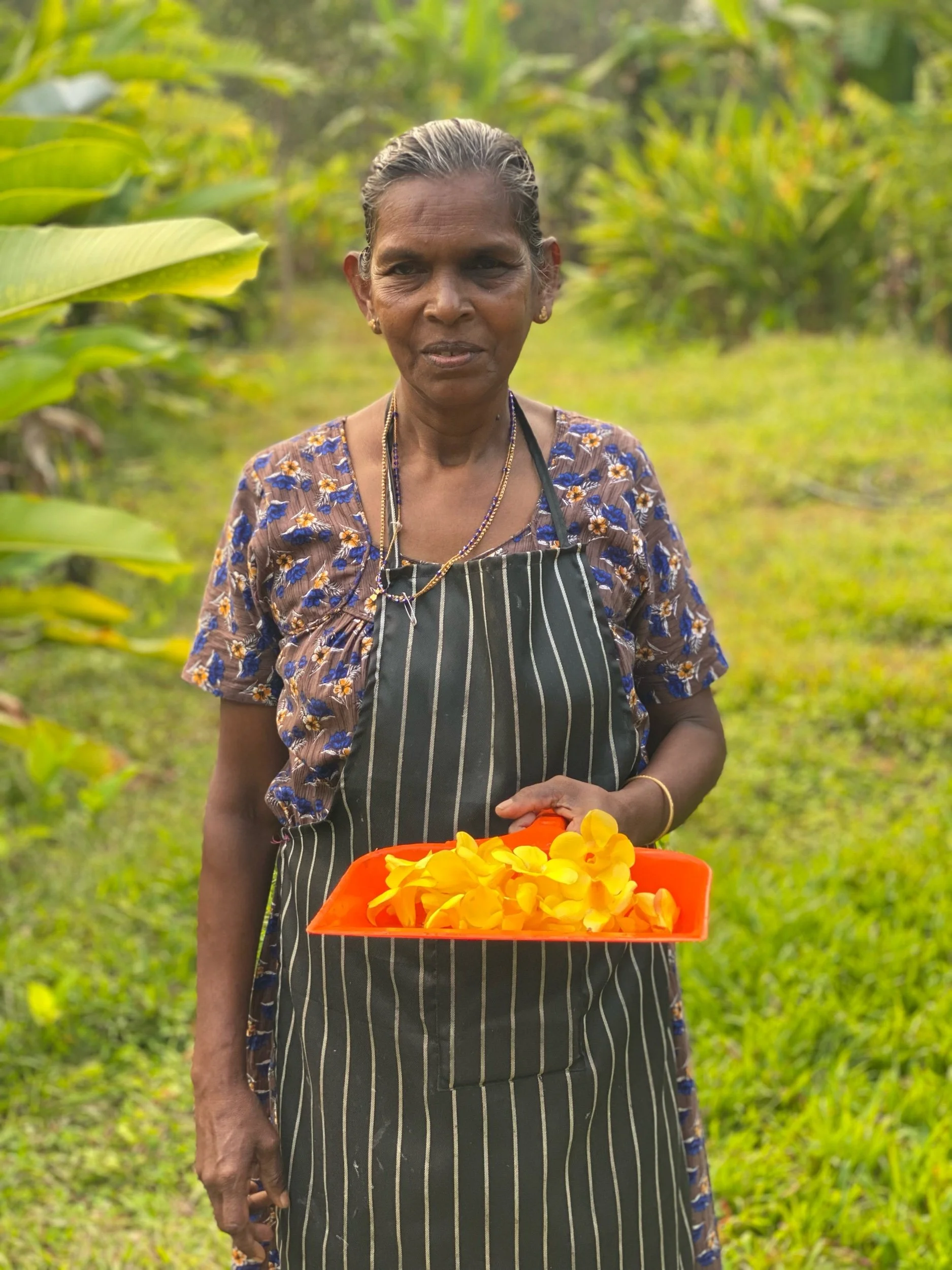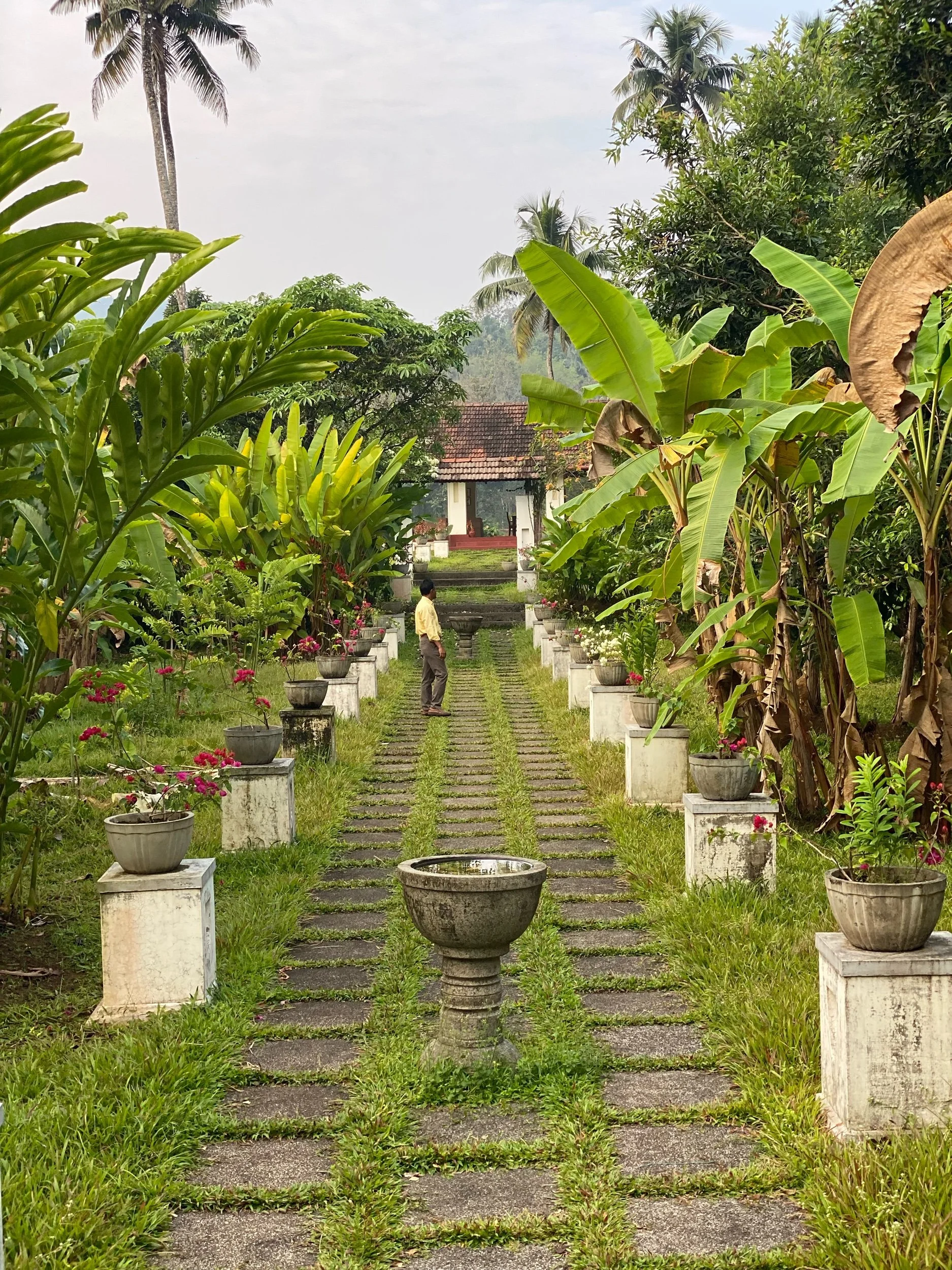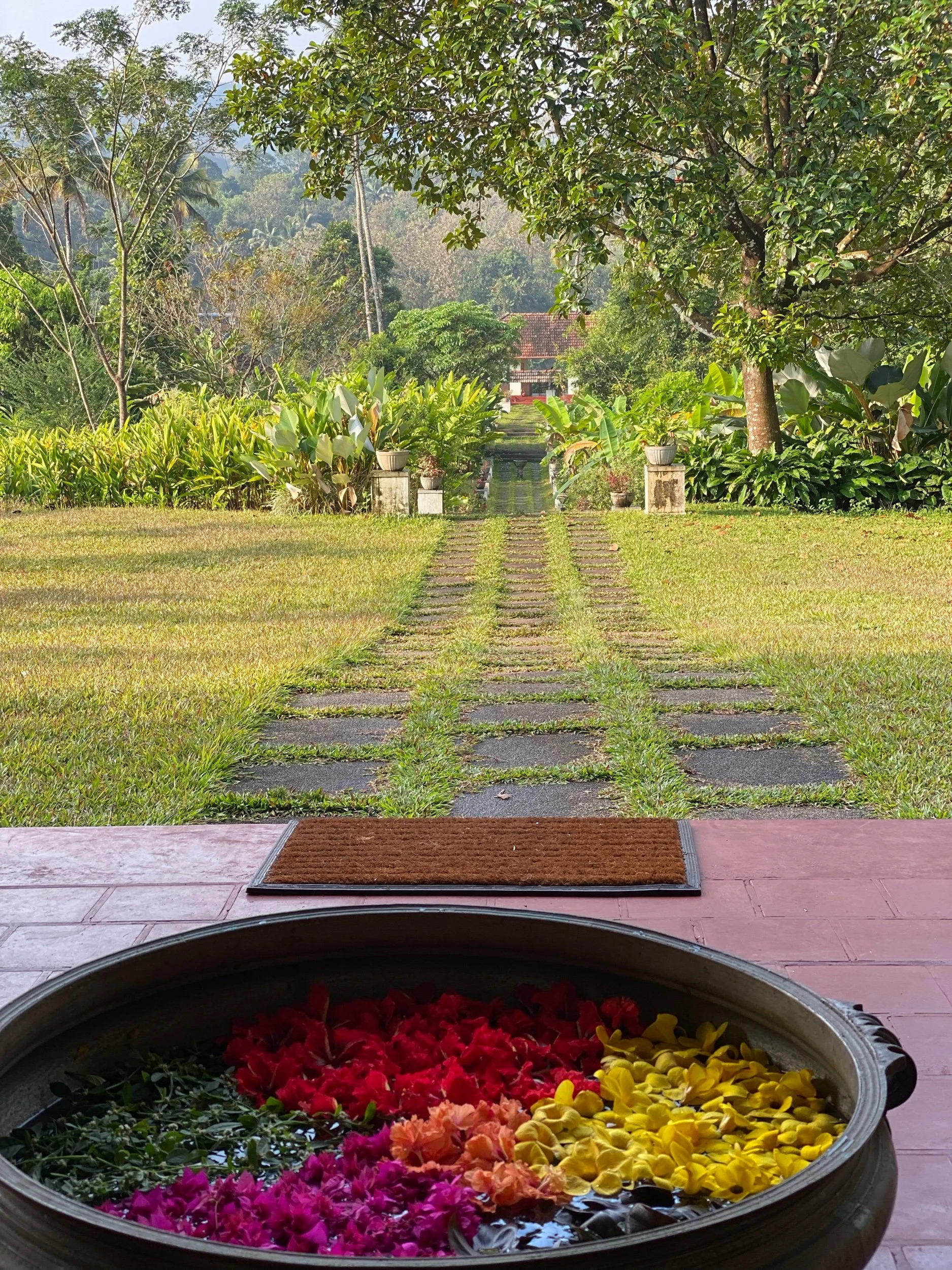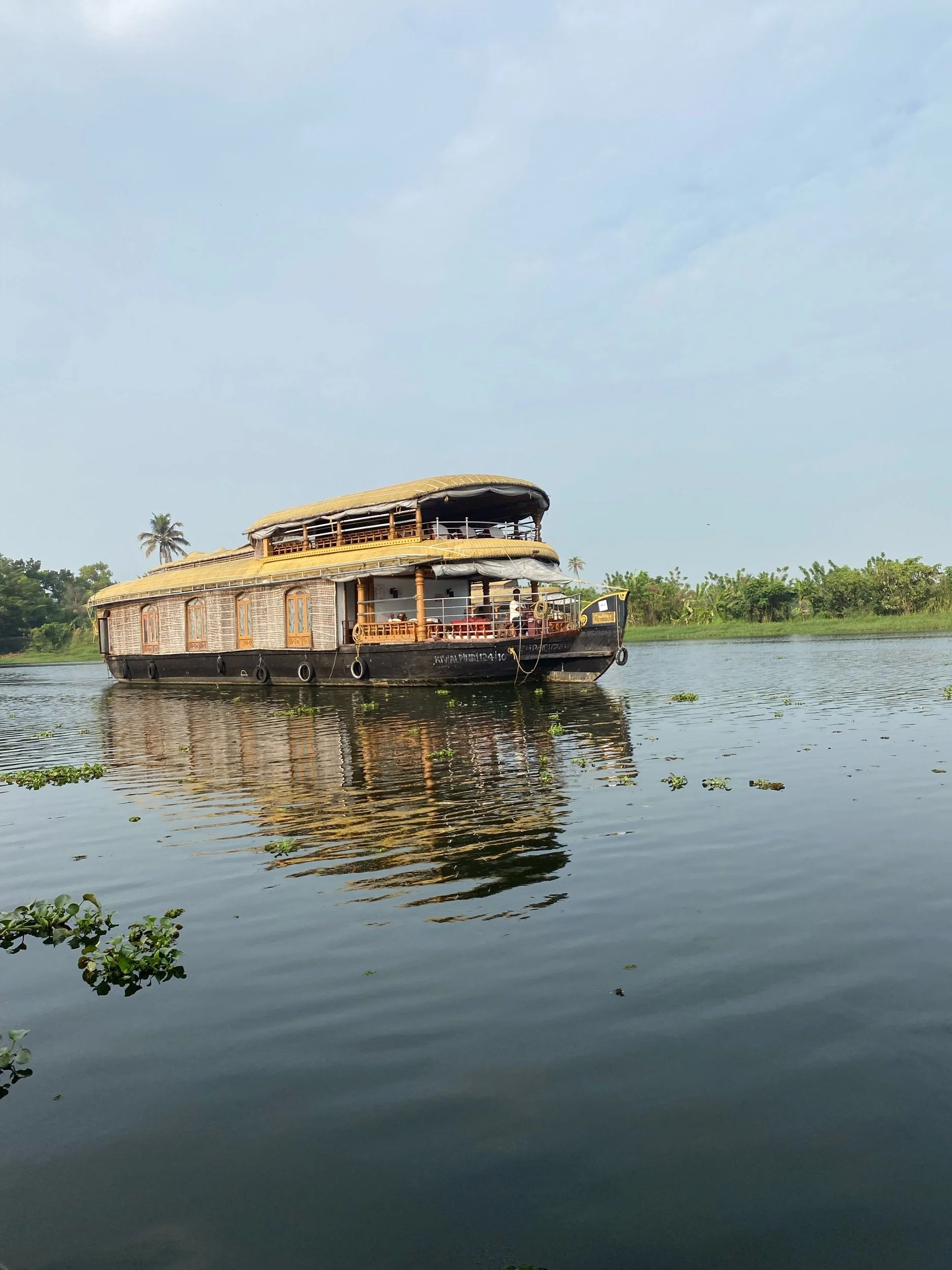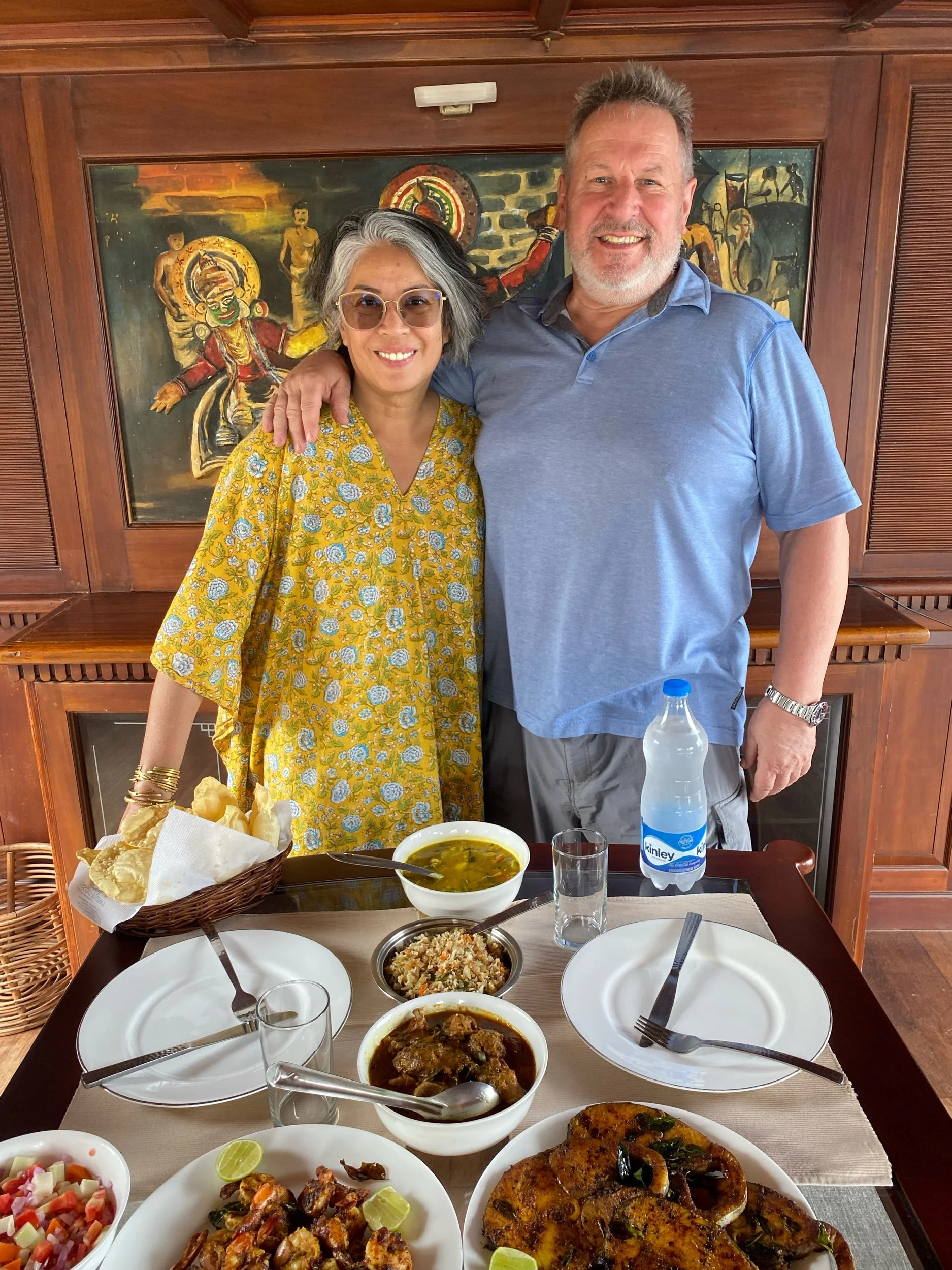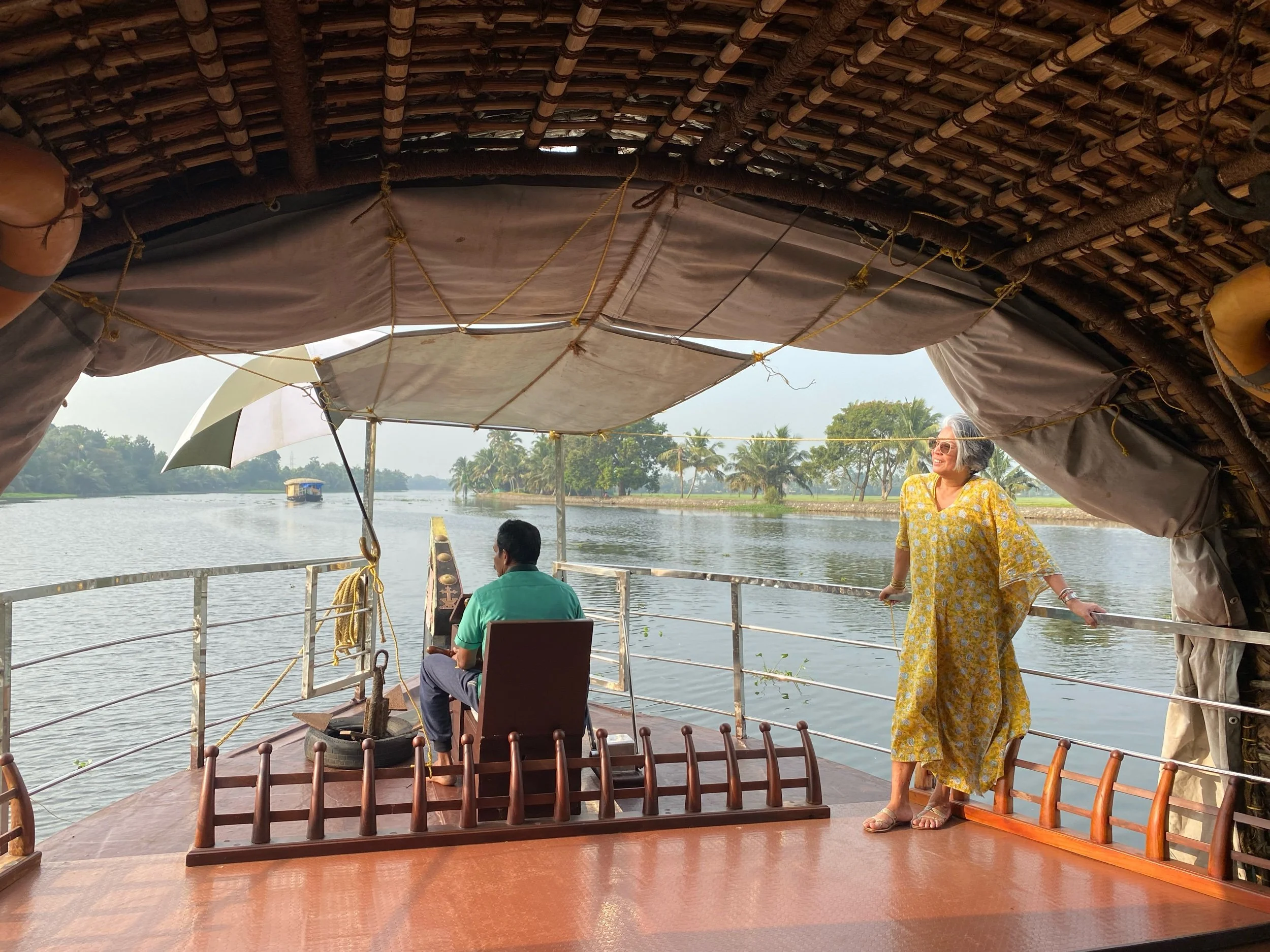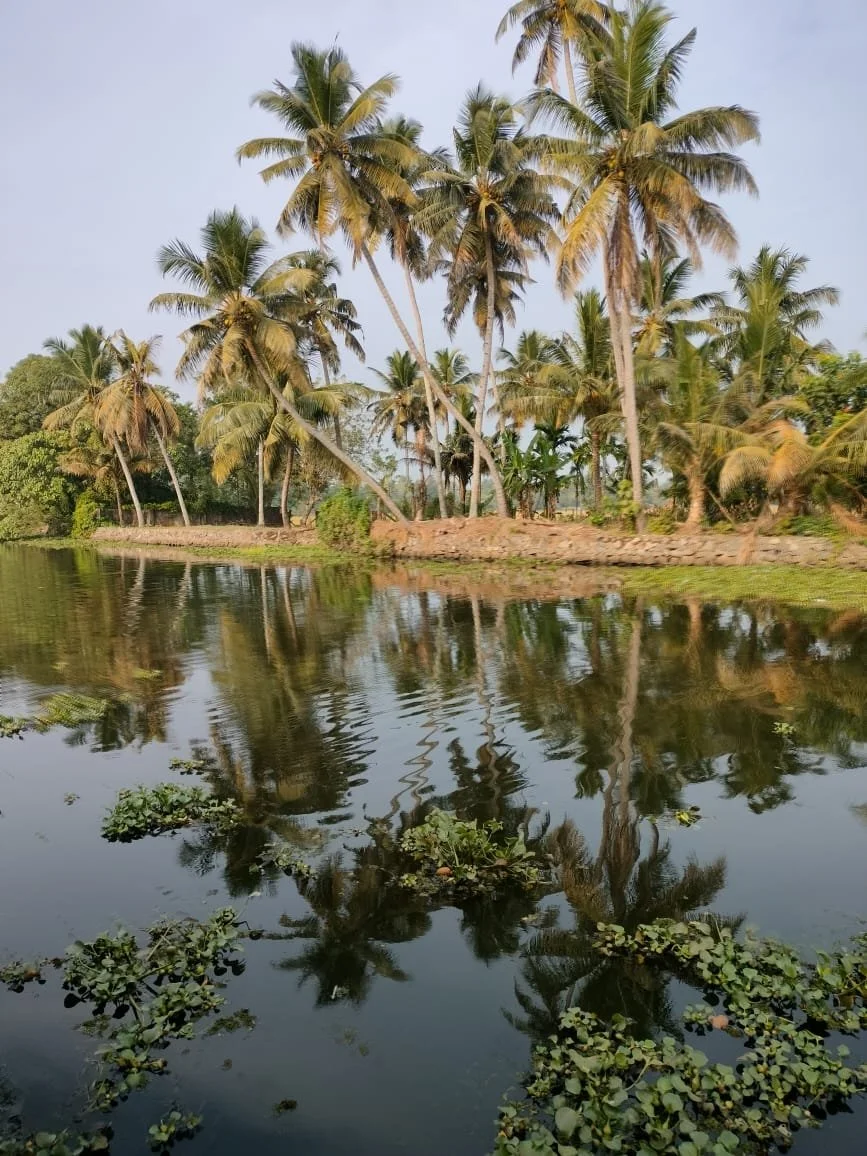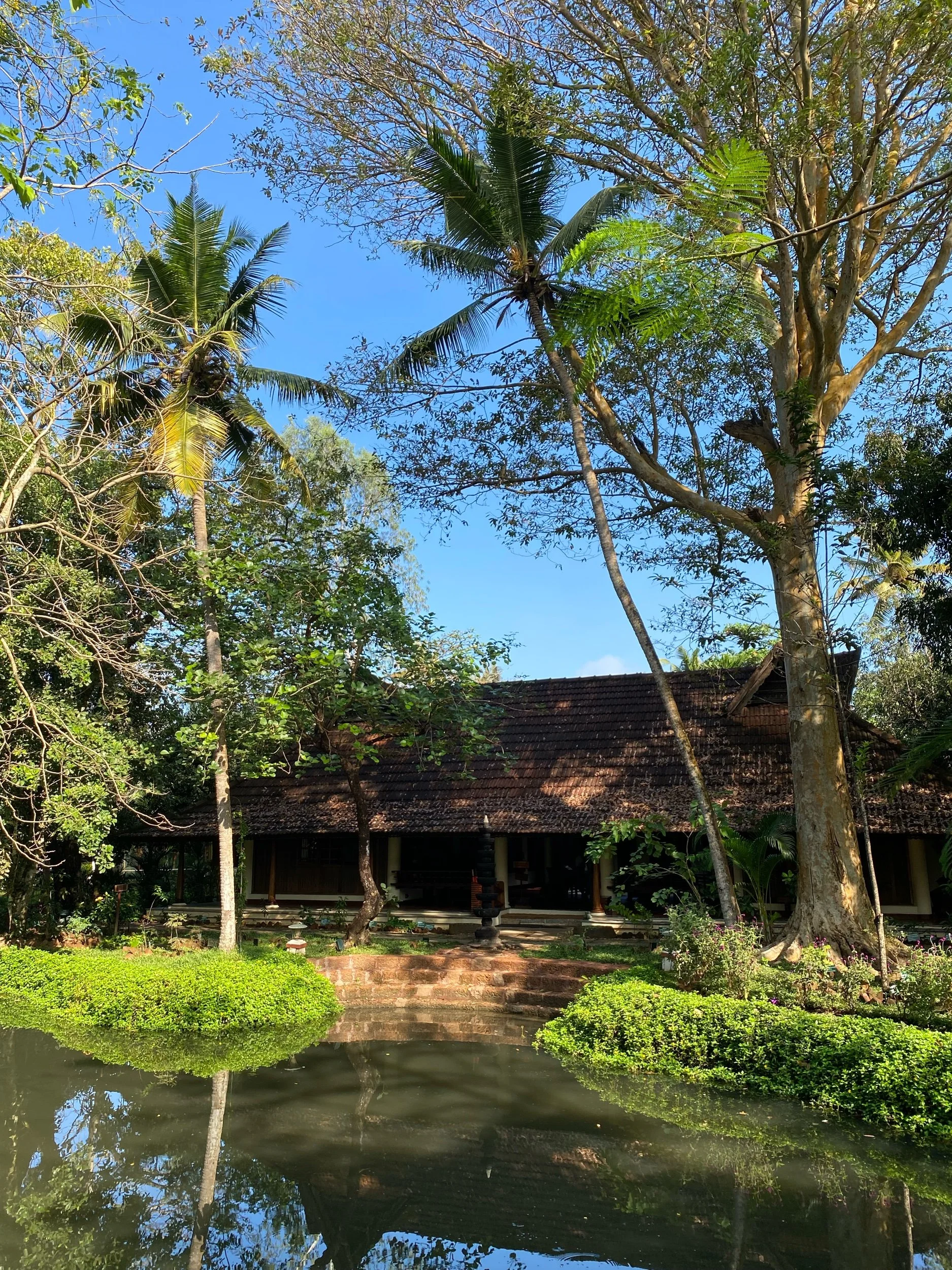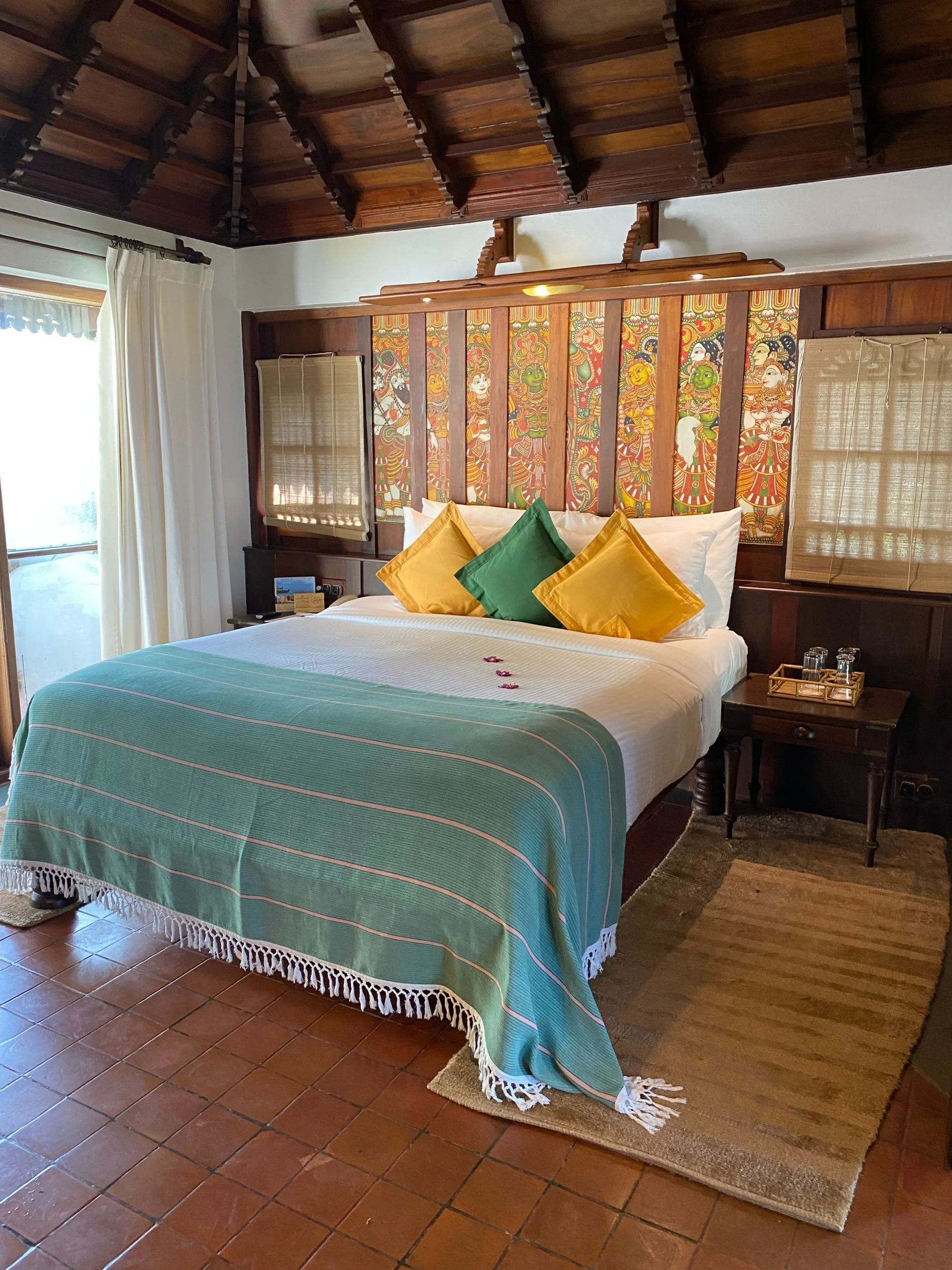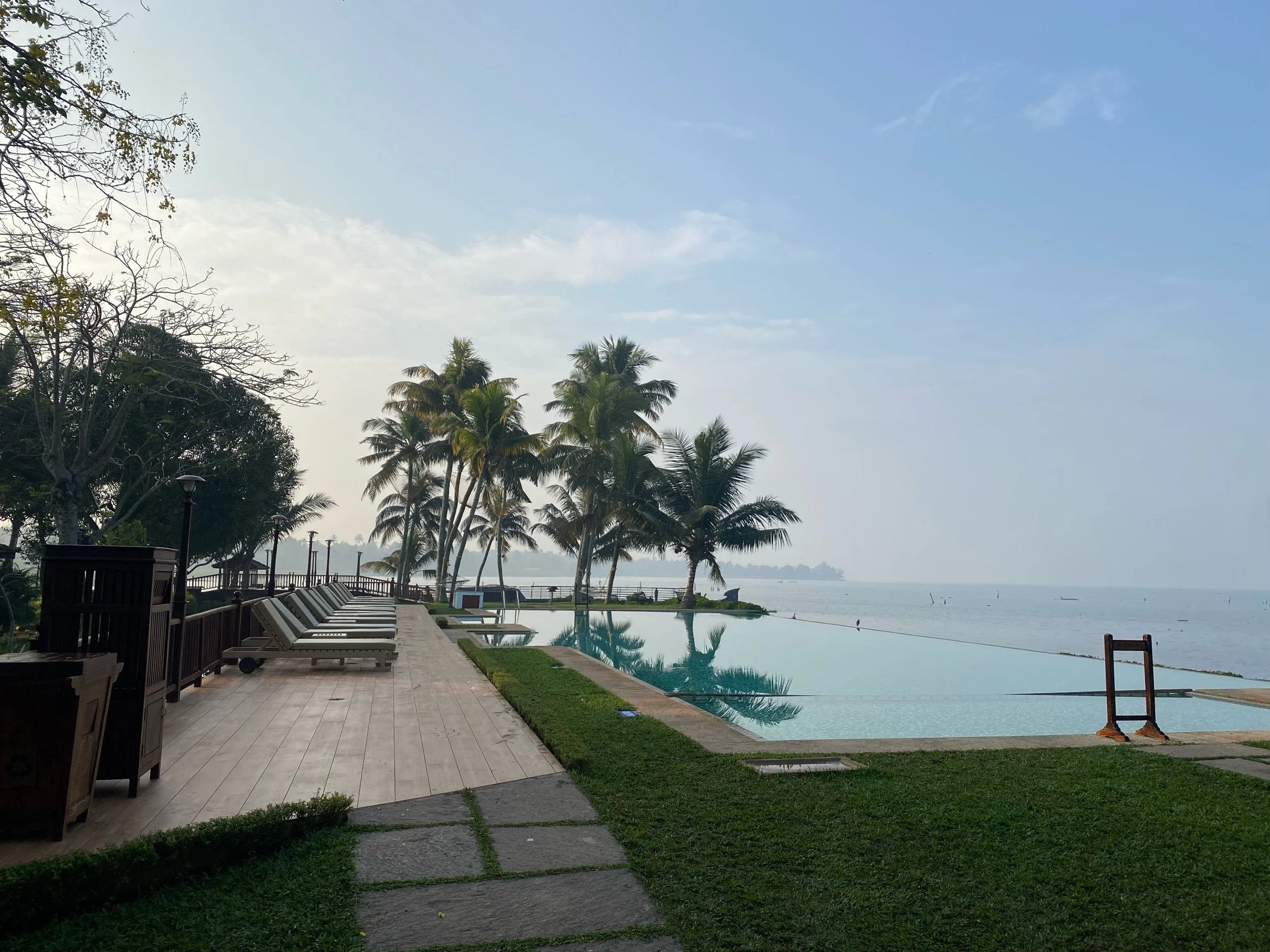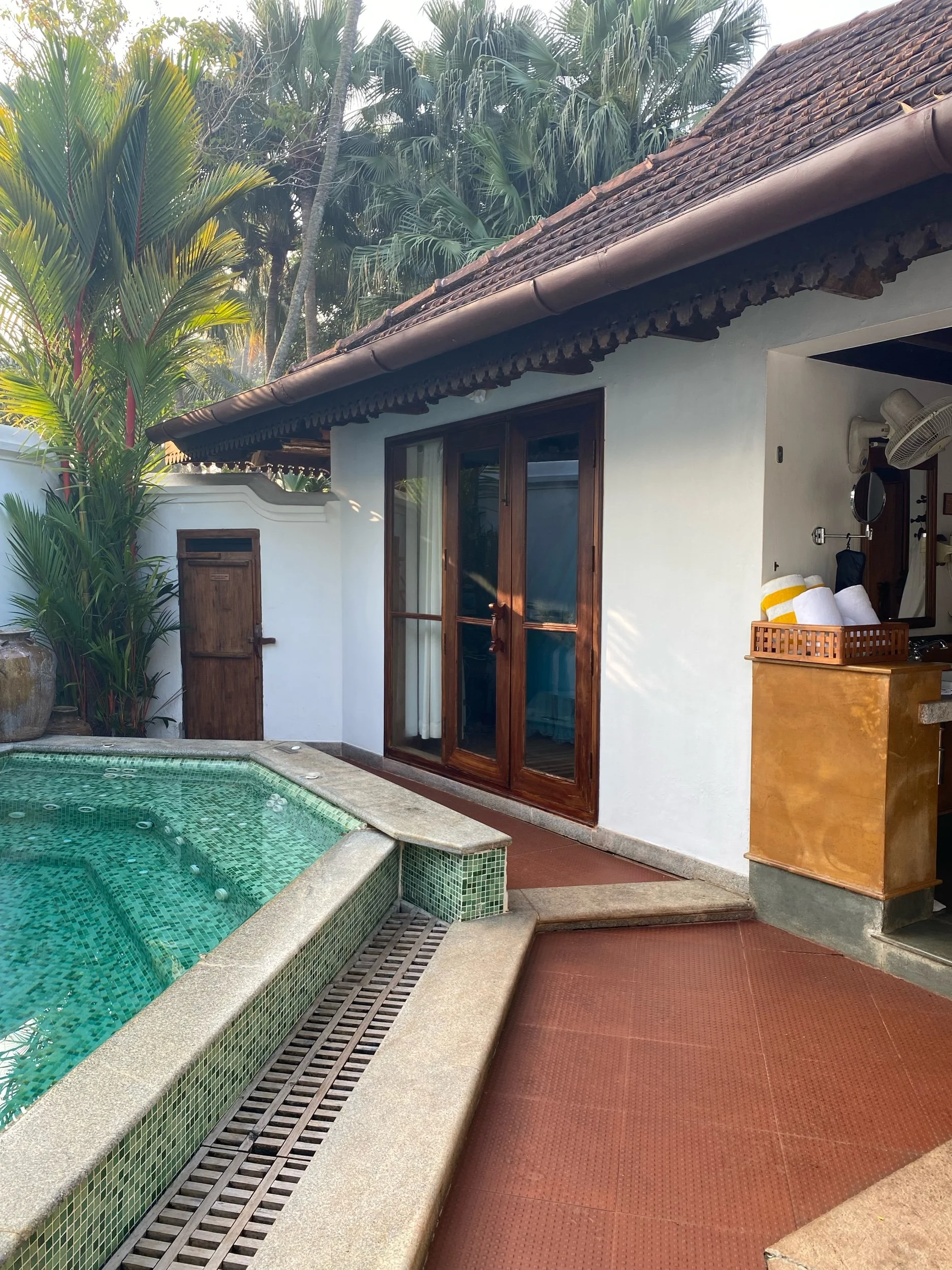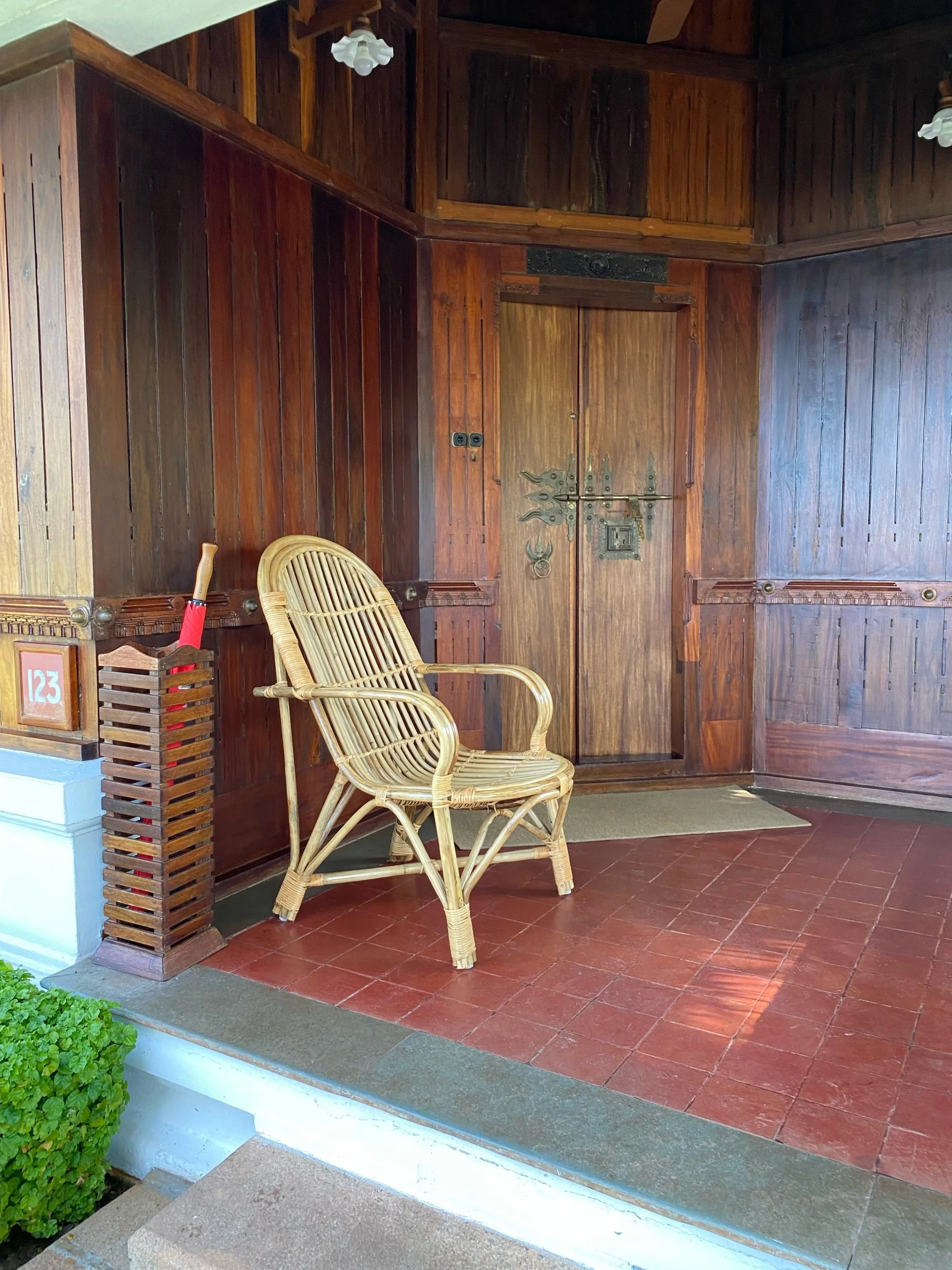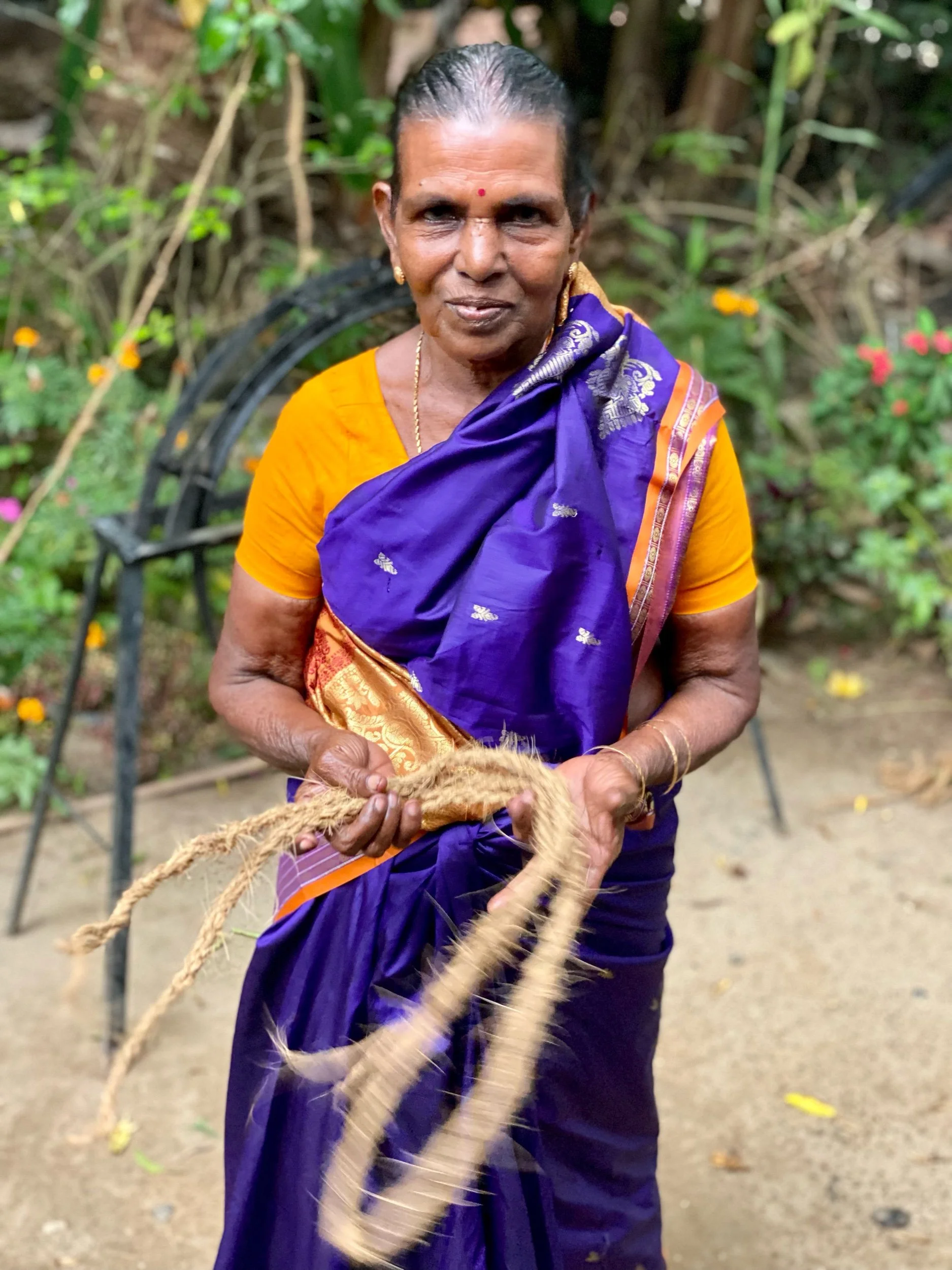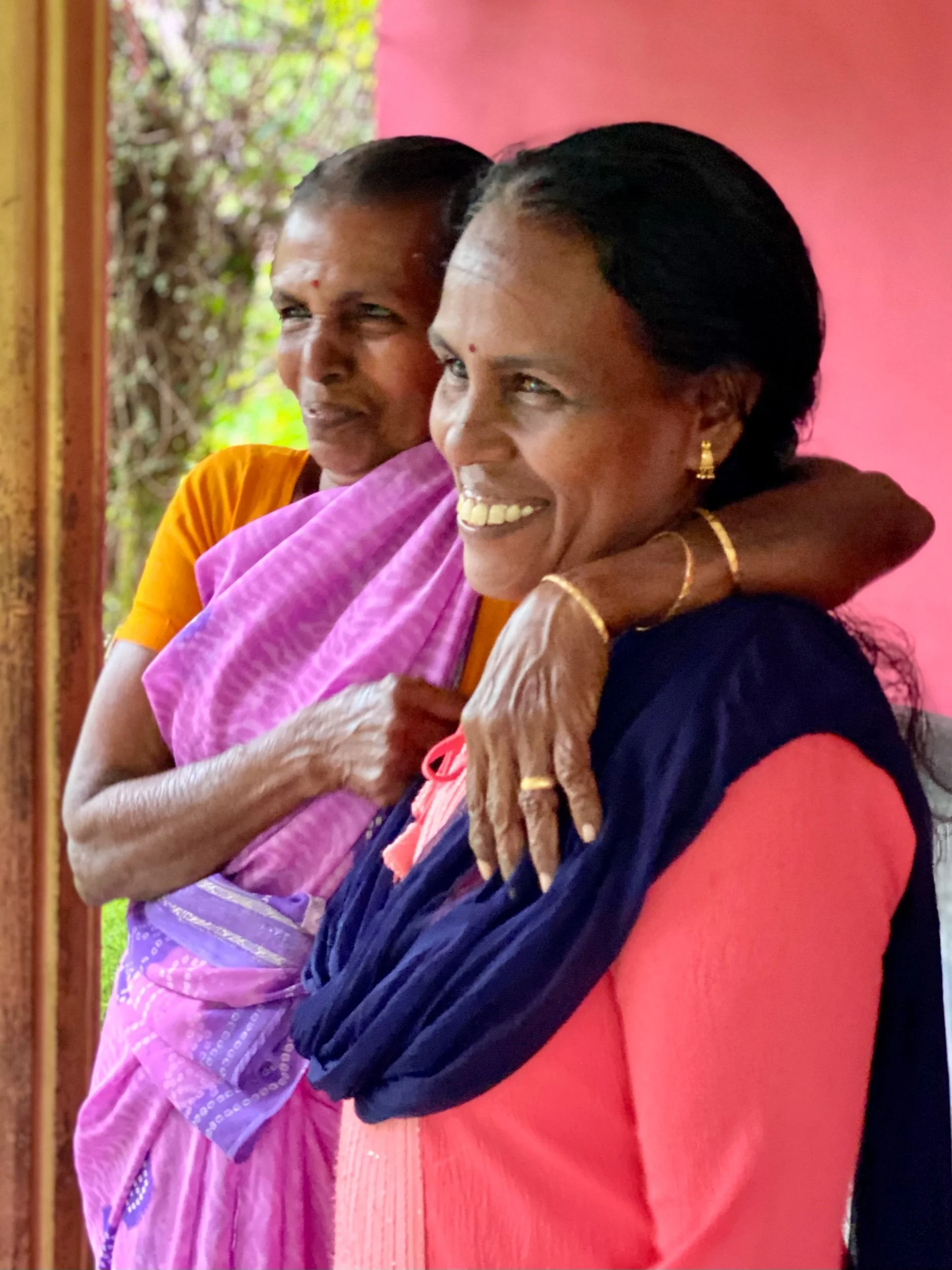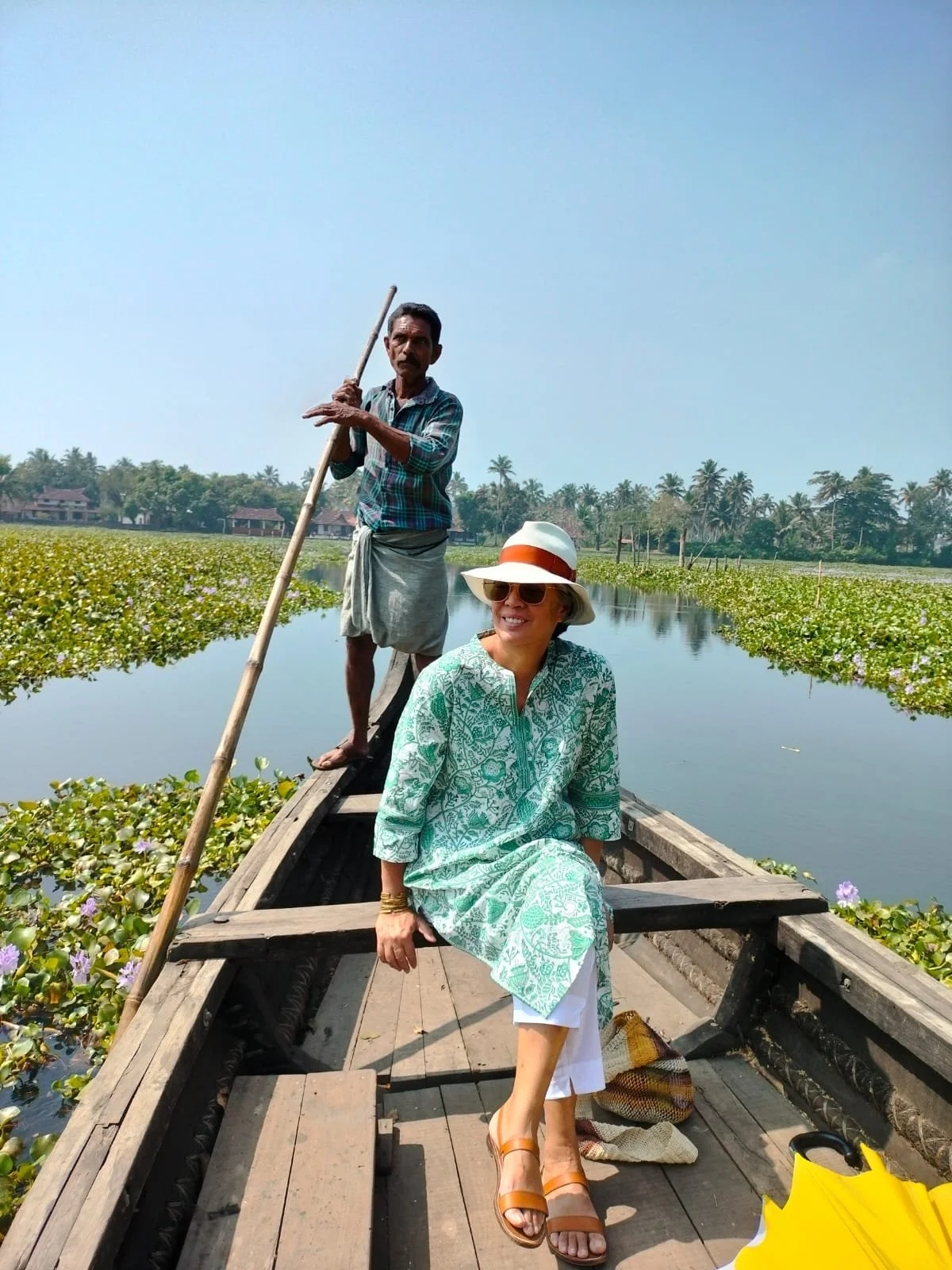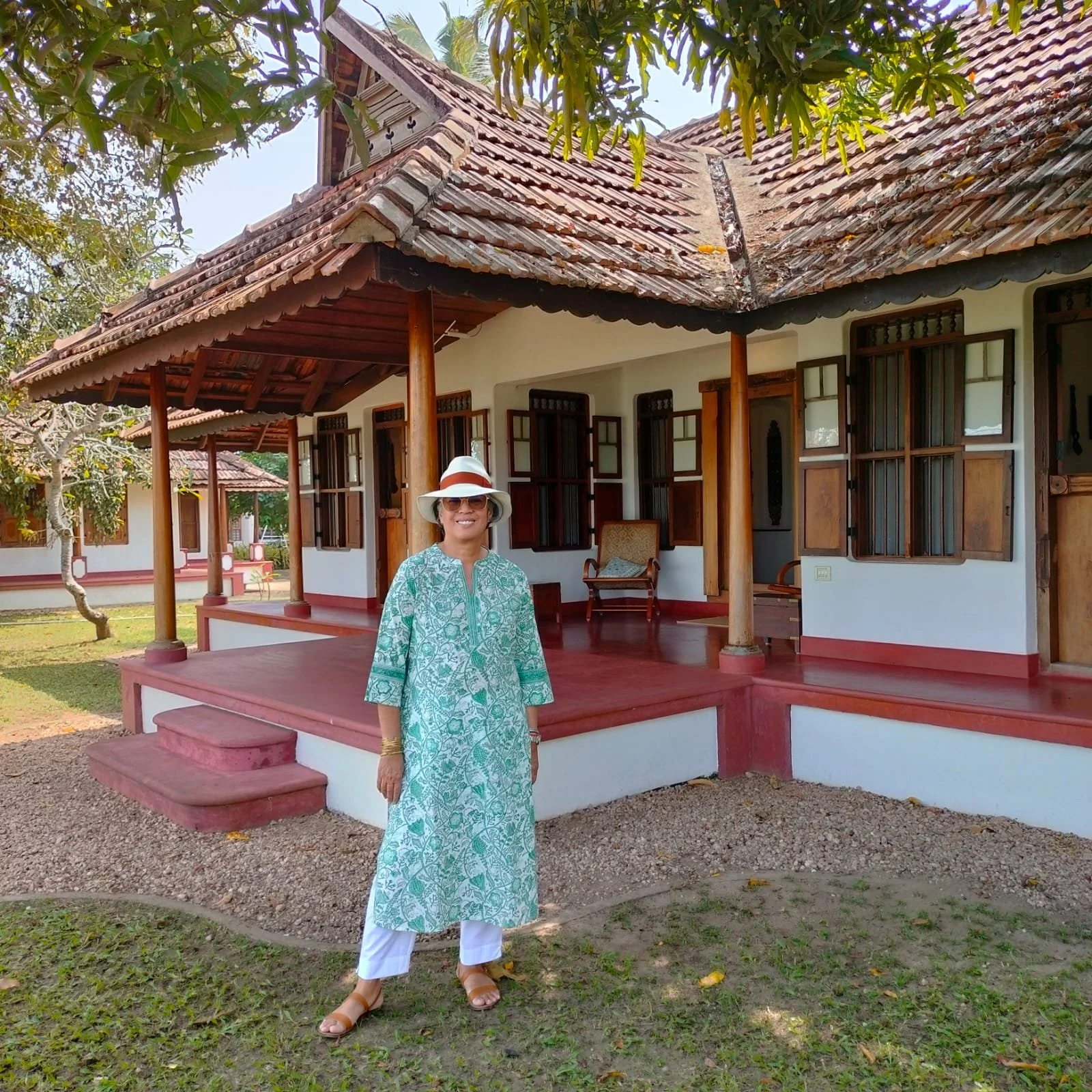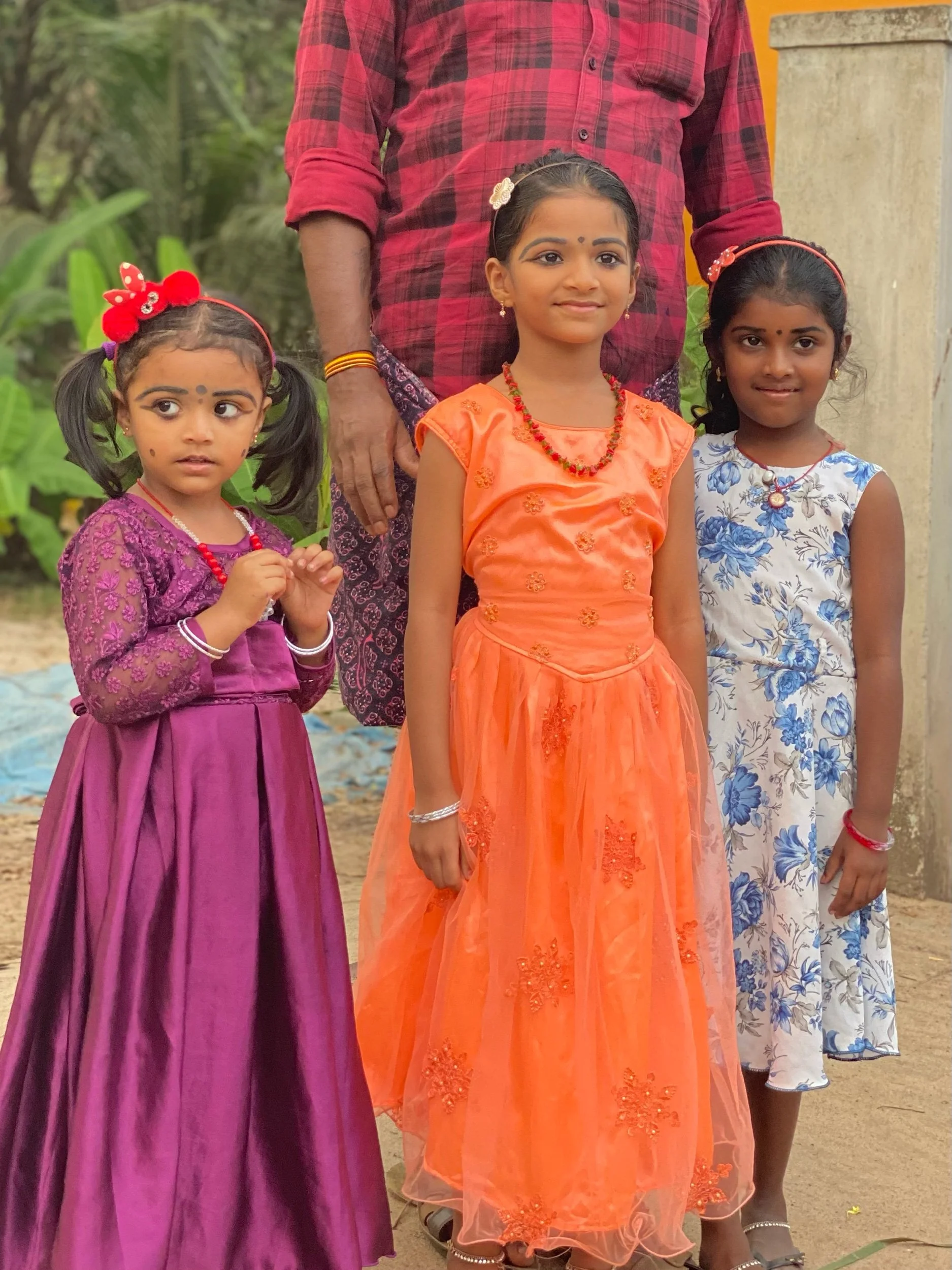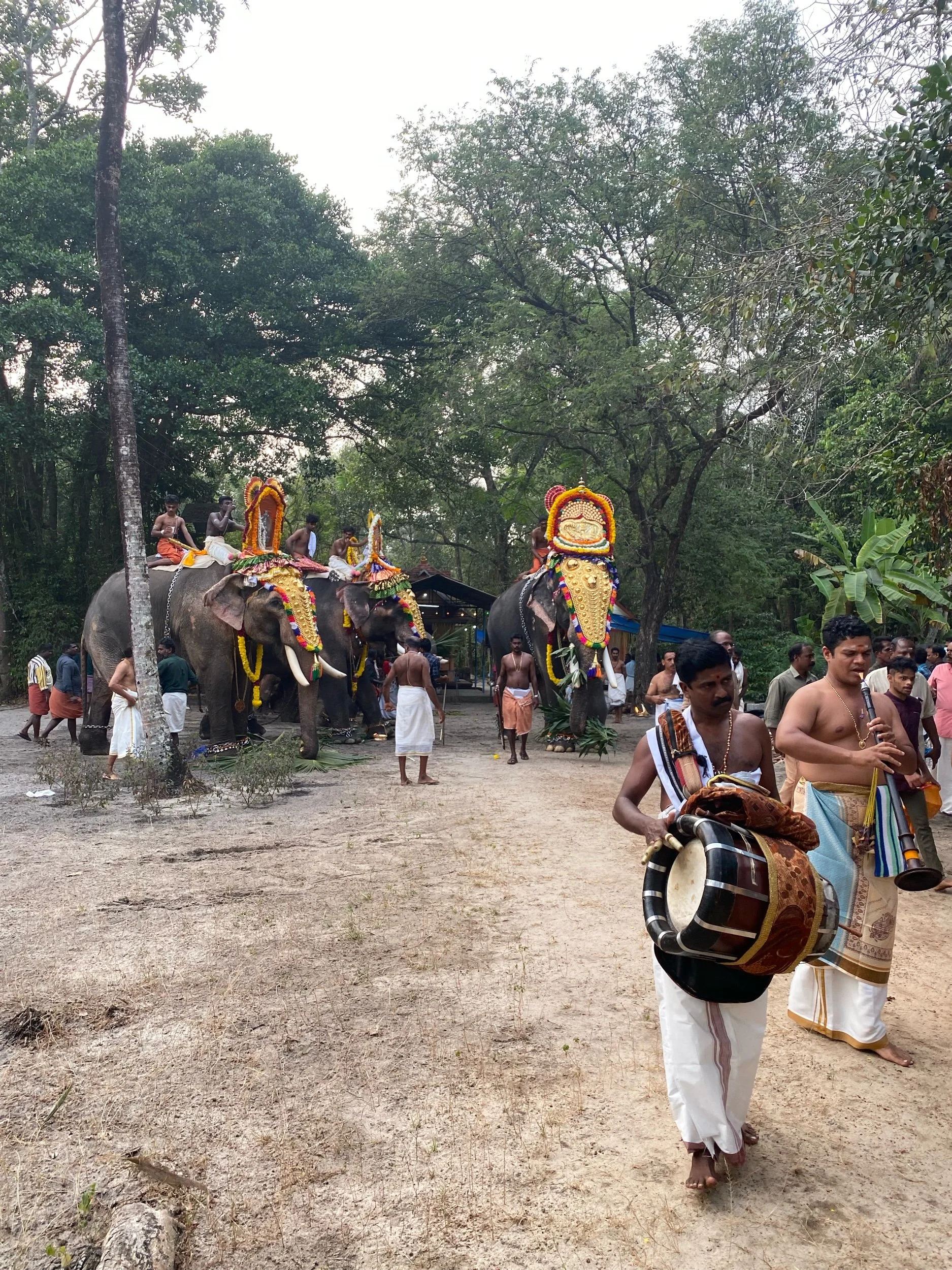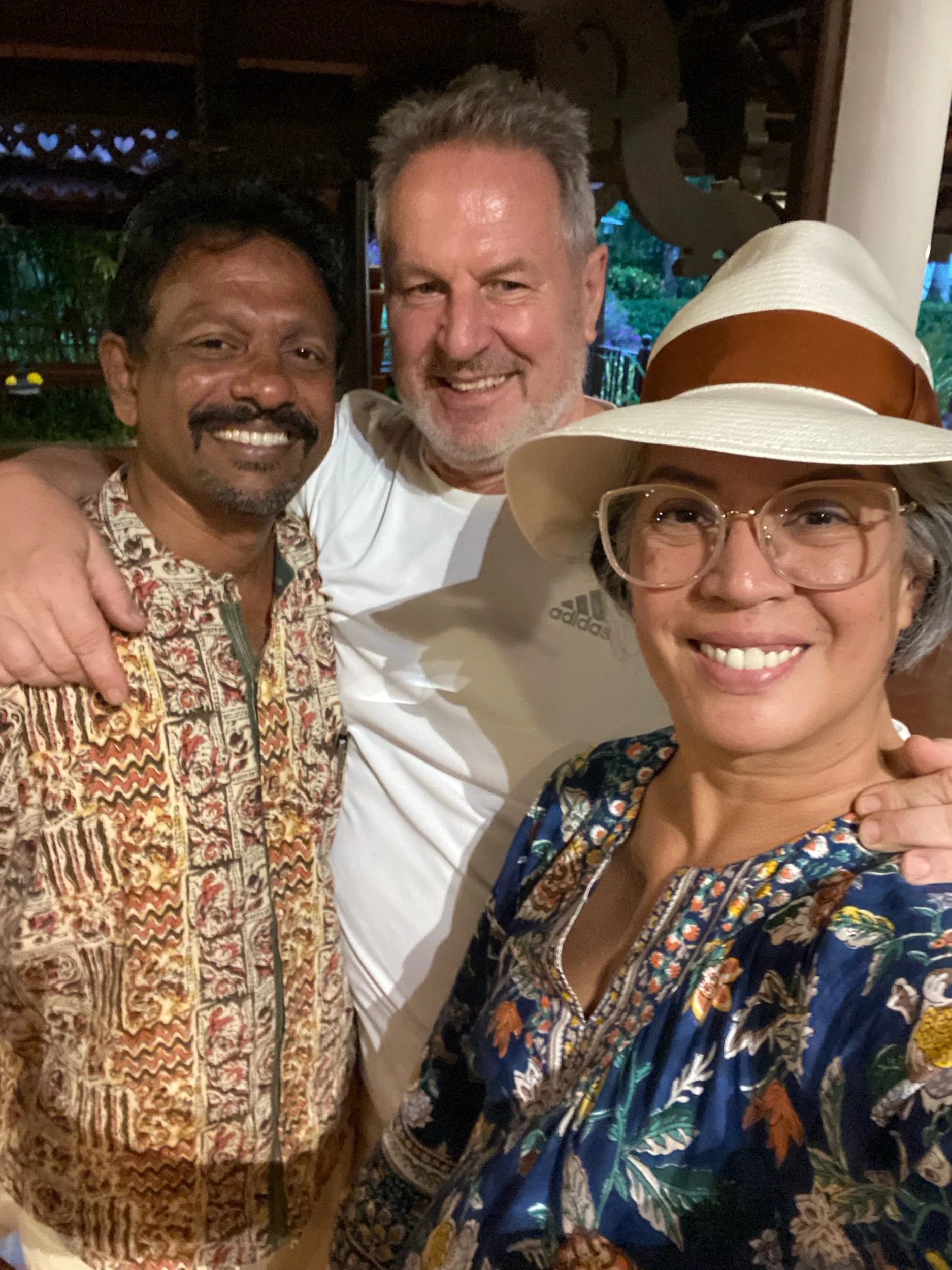Are you ready to travel with me to India? Follow my journey #travelswithtesatoindia on Instagram and join me as we explore some of the most incredible destinations in this fascinating country.
We started our journey in Mumbai where we stayed at the stunning Taj Mahal Palace hotel - India’s first historic hotel. I wrote about our 48 Hours in Mumbai, click here to read about it.
From Mumbai, we flew to the coastal town of Fort Kochi, a charming and historic town located on the southwest coast of India. There are plenty of things to see and do in the area and here are a few activities to enjoy during your visit to Fort Kochi:
Visit the St. Francis Church: This beautiful church was built by the Portuguese in 1503 and is the oldest European church in India. It is famous for being the burial place of the famous explorer Vasco da Gama.
Explore the Jew Town: Located in the heart of Fort Kochi, the Jew Town is a historic neighborhood that dates back to the 16th century. It is home to a number of antique shops, spice markets, and beautiful old synagogues.
Watch a Kathakali performance: Kathakali is a traditional dance form that originated in Kerala and is known for its elaborate costumes and makeup. There are several venues in Fort Kochi where you can watch a performance and get a taste of this ancient art form.
Explore the local markets: Fort Kochi is famous for its spice markets, where you can find an incredible array of exotic spices and herbs. There are also plenty of other markets selling everything from souvenirs to fresh produce.
Take a sunset cruise: Fort Kochi is located on the shores of the Arabian Sea, and it's a great way to relax and take in the beautiful scenery especially of the Chinese fishing nets dotted along the coastline.
The iconic Chinese fishing nets, have become a symbol of the Fort Kochi’s unique and vibrant culture. These massive nets are a type of fishing gear that were introduced to India by Chinese traders in the 14th century.
The nets are made of bamboo and teak poles, and are operated by a team of fishermen who lower them into the water using a series of ropes and weights. When a fish is caught in the net, the fishermen hoist it back up using the same ropes, creating a striking visual spectacle.
Today, the Chinese fishing nets have become a major tourist attraction in Fort Kochi, and they are a beloved symbol of the city's rich history and cultural heritage. The rain trees surrounding the plazas where the nets are located provide a shady respite from the hot sun, and are a great place to sit and take in the sights and sounds of this bustling coastal city.
After a few days in Fort Kochi, we head to the stunning hill station of Munnar, where we hiked through the lush tea plantations and sampled some of the best chai in the world. The beauty of this region is simply breathtaking, and the views from the top of the hills are truly incredible.
A visit to the Lockhart Tea Factory is a great way to learn about the tea-making process and the history of tea production in Munnar. The factory was established in 1936 and is located in the Lockhart Estate, which is known for producing some of the best tea in the region. Visitors can take a guided tour of the factory, which includes a visit to the tea gardens, a demonstration of how tea is plucked and processed, and a chance to sample some of the delicious tea produced at the factory.
No trip to Munnar is complete without a visit to The Shristi Special Academy. This Trust was established in 2000 and has been providing educational and vocational training to children and young adults with special needs. The organization offers a range of vocational courses, such as weaving, paper recycling, and soap making, which enable students to develop their skills and become more self-reliant. I supported the Trust with some retail shopping of excellent Shibori pashmina scarves.
Next up, we head to Alleppey to experience the famous backwaters of Kerala on a houseboat. We cruised through the maze of waterways observing life on the riverbanks and spotting kingfishers and egrets along the way. The meals on the boat are ay feast, with fresh seafood and delicious local dishes served up with a view.
We end our journey at the beautiful Kumarakom Lake Resort, situated on the serene banks of Lake Vembanad. The resort's stunning infinity pool and Ayurvedic Spa makes it the perfect place to relax and recharge before heading home. The location is also central to exploring this part of Kerala.
Ayurveda is a traditional Indian system of medicine that has been practiced for centuries, and Kerala is particularly well-known for its Ayurvedic treatments and practices. Ayurvedic massages are designed to help detoxify the body and mind, and promote balance and healing. The massages typically involve warm oils and herbs, applied with skilled hands and gentle pressure. The experience was incredibly relaxing and rejuvenating, and I left feeling refreshed and renewed.
If you're planning a trip to Kerala, I highly recommend taking the time to indulge in an Ayurvedic massage. It's a great way to connect with the local culture and traditions, and to take a moment to prioritize your own well-being.
India is a fascinating country, and our trip has been an unforgettable adventure. Let’s start planning your own journey to this incredible country!

